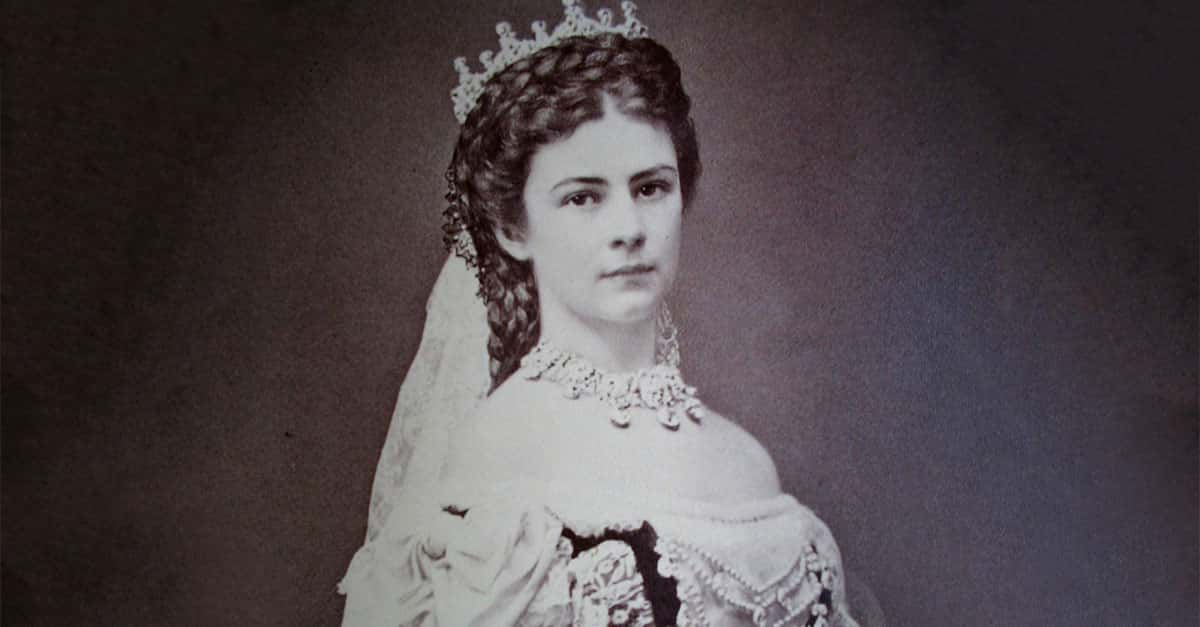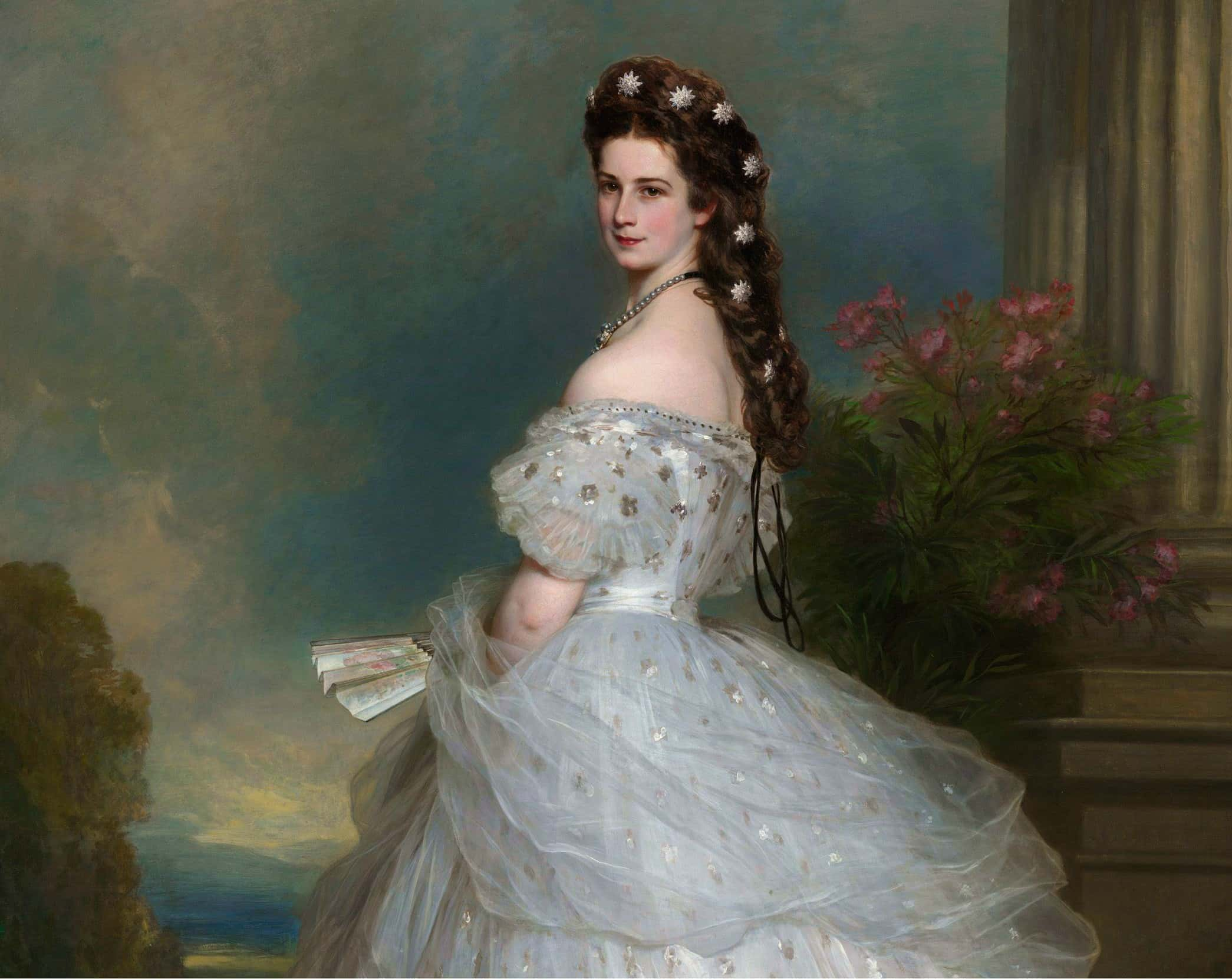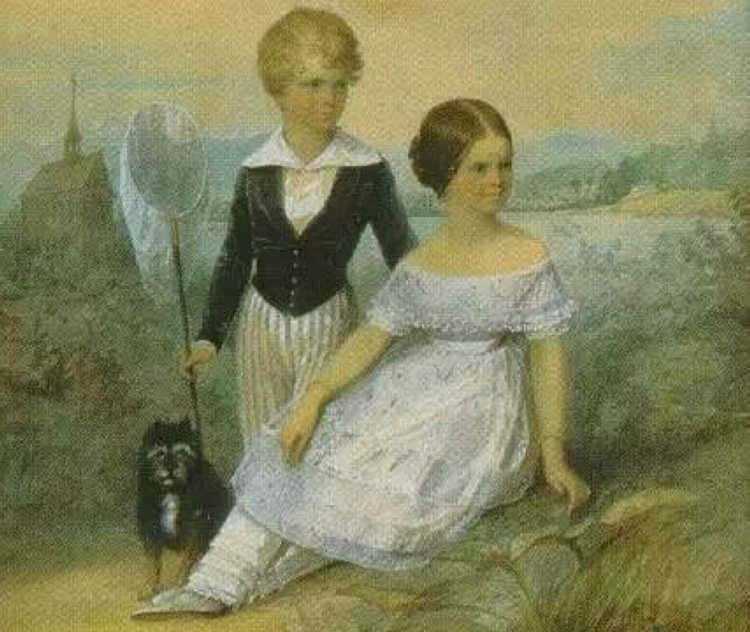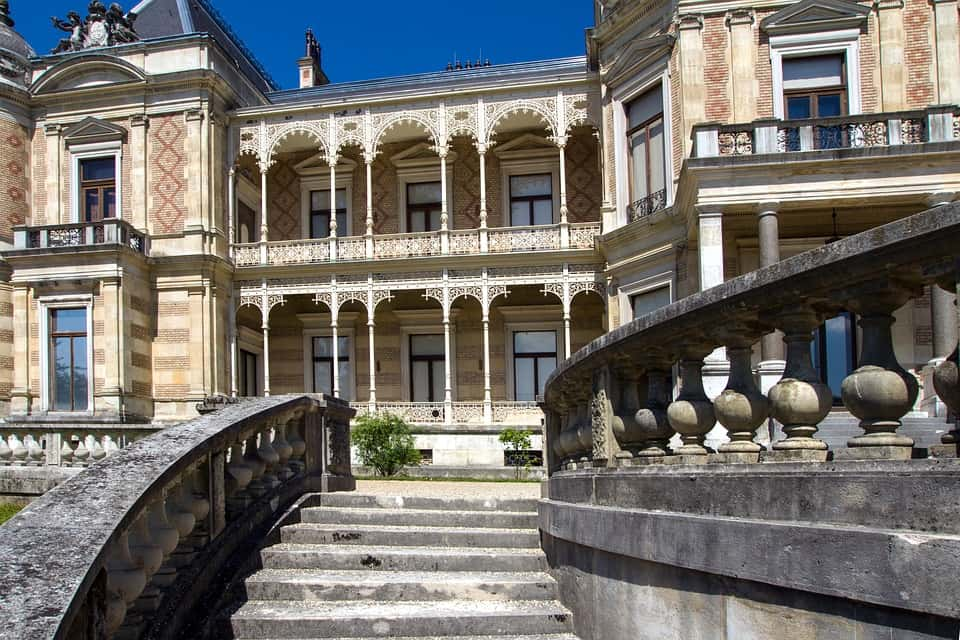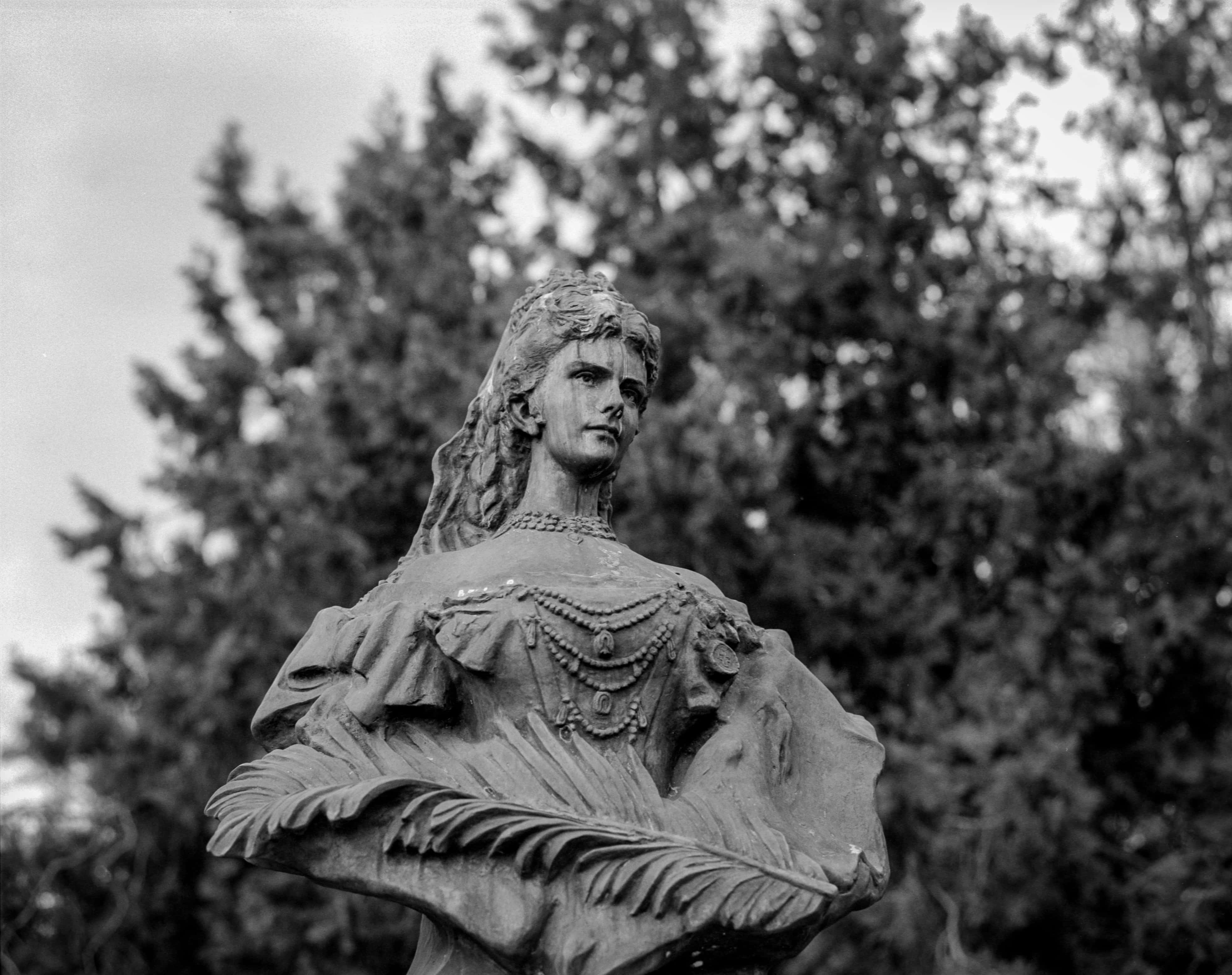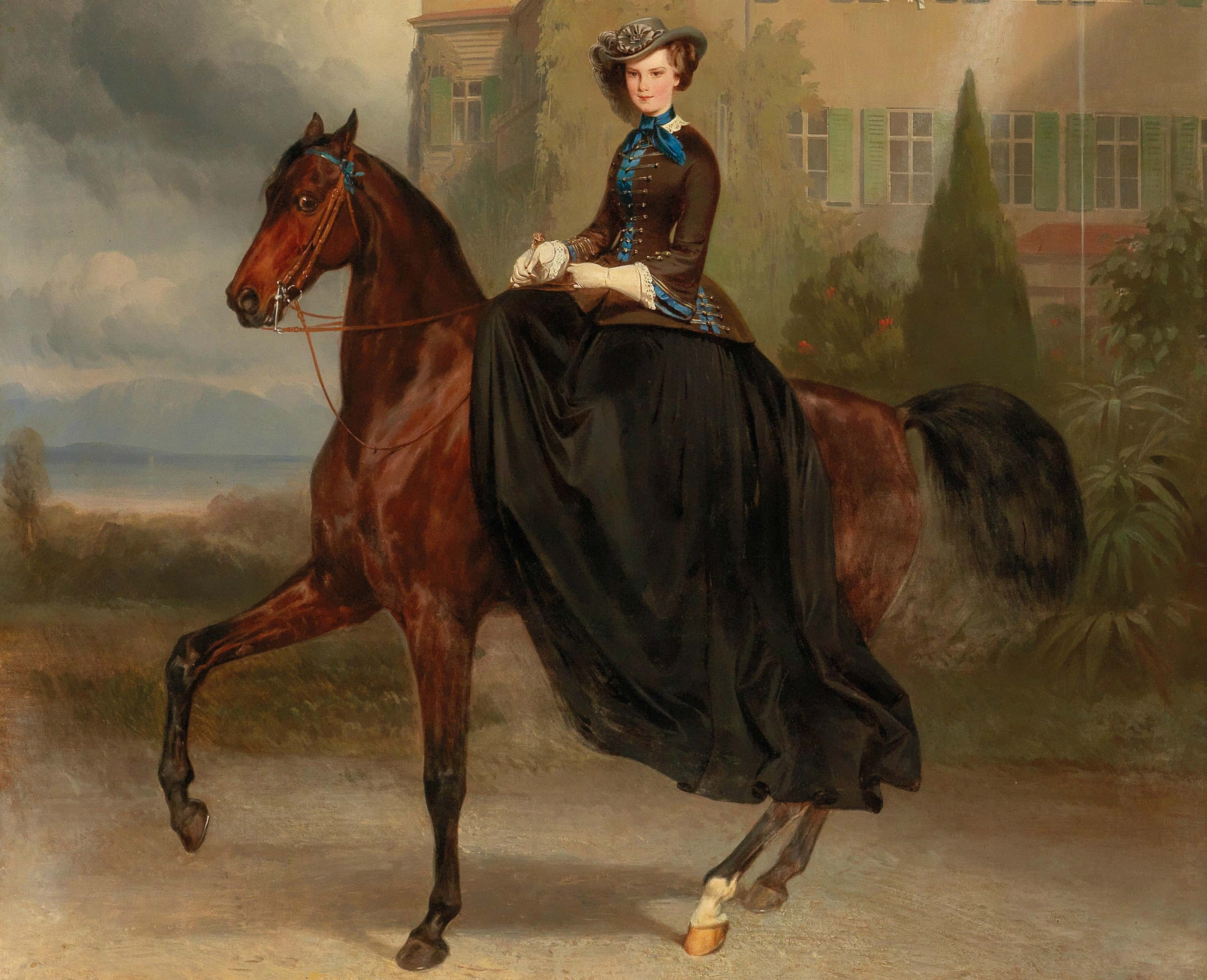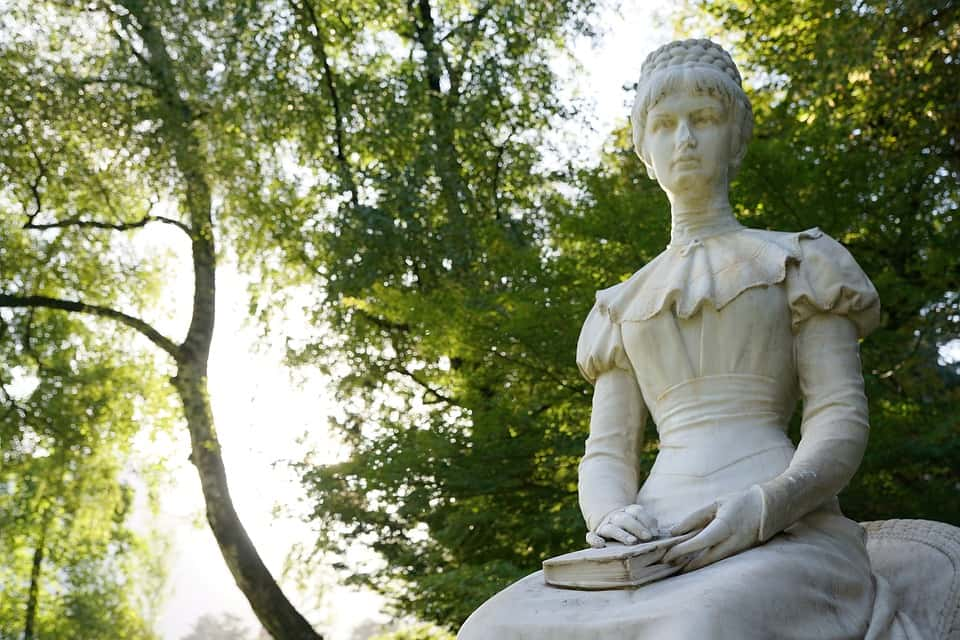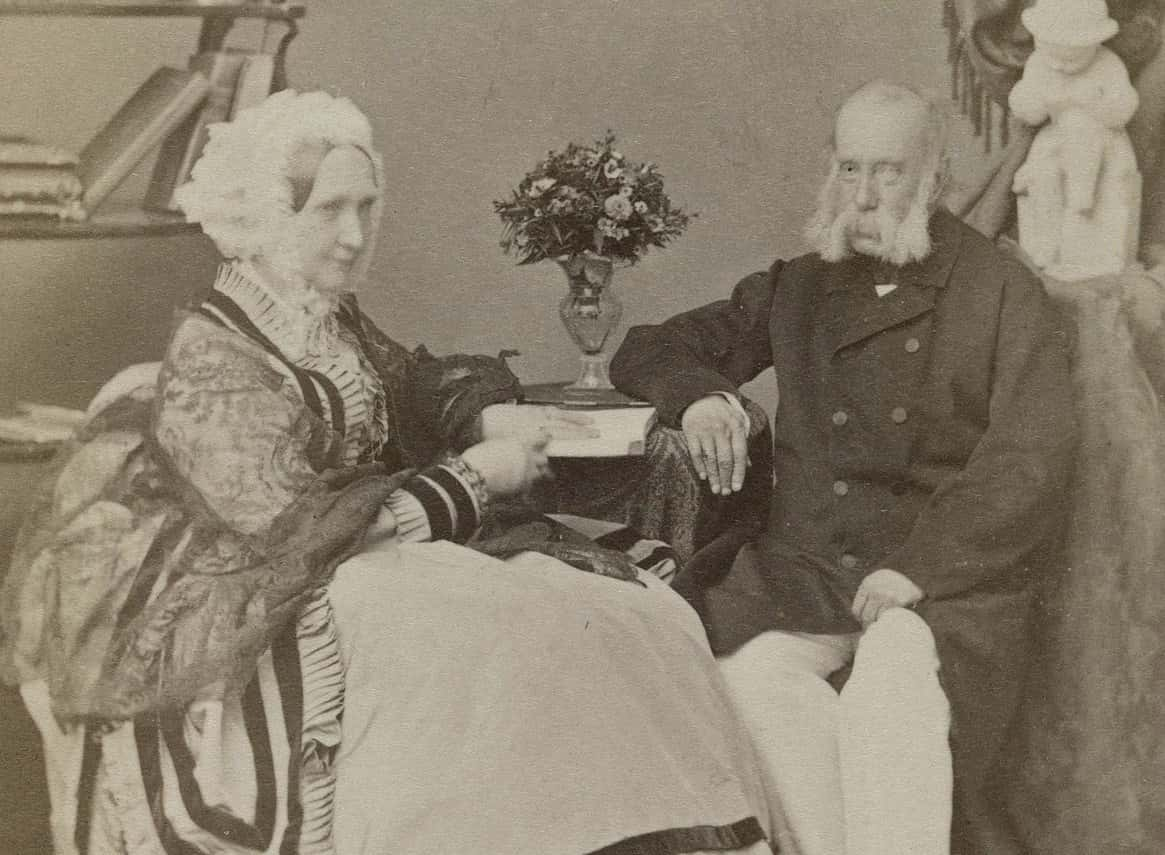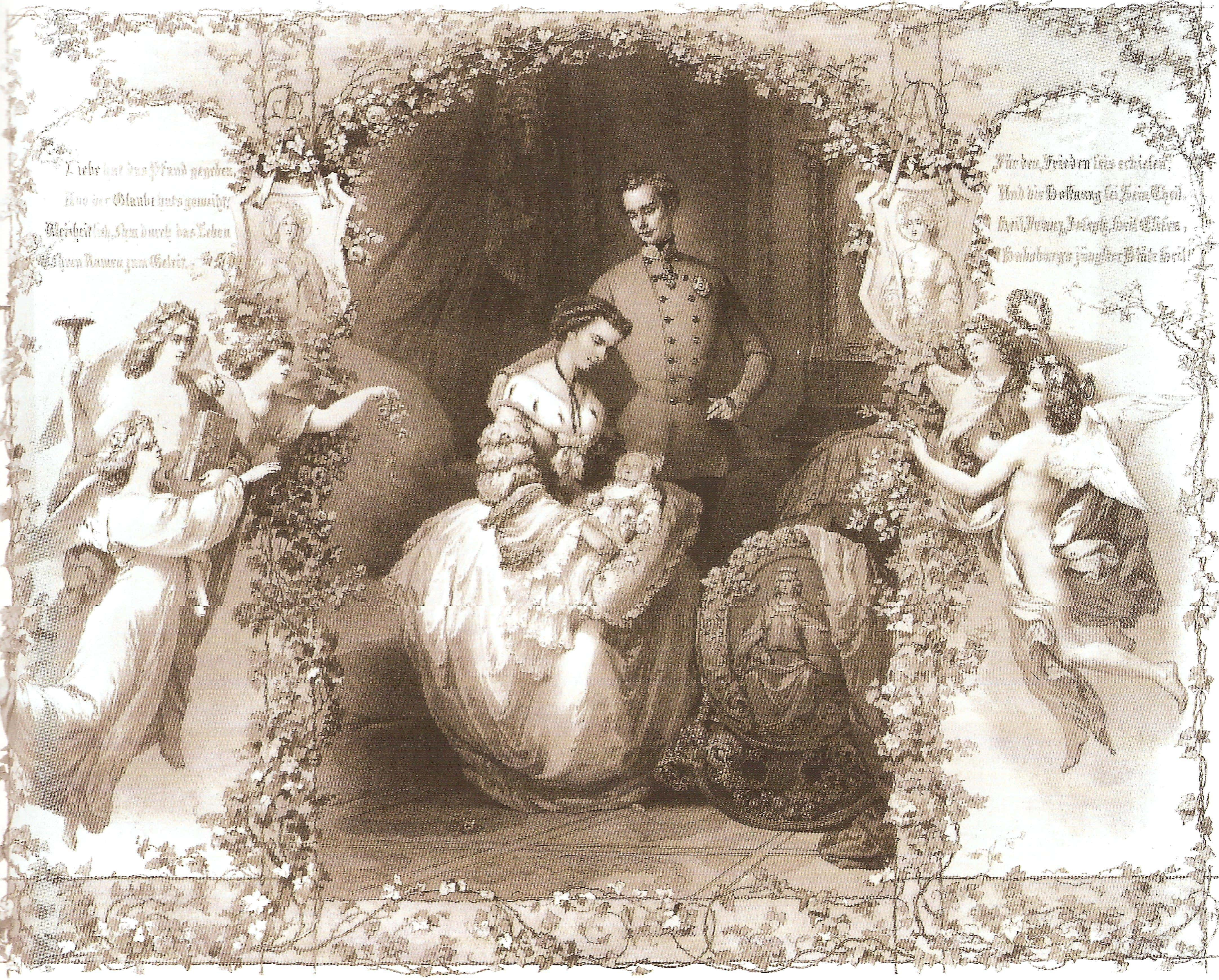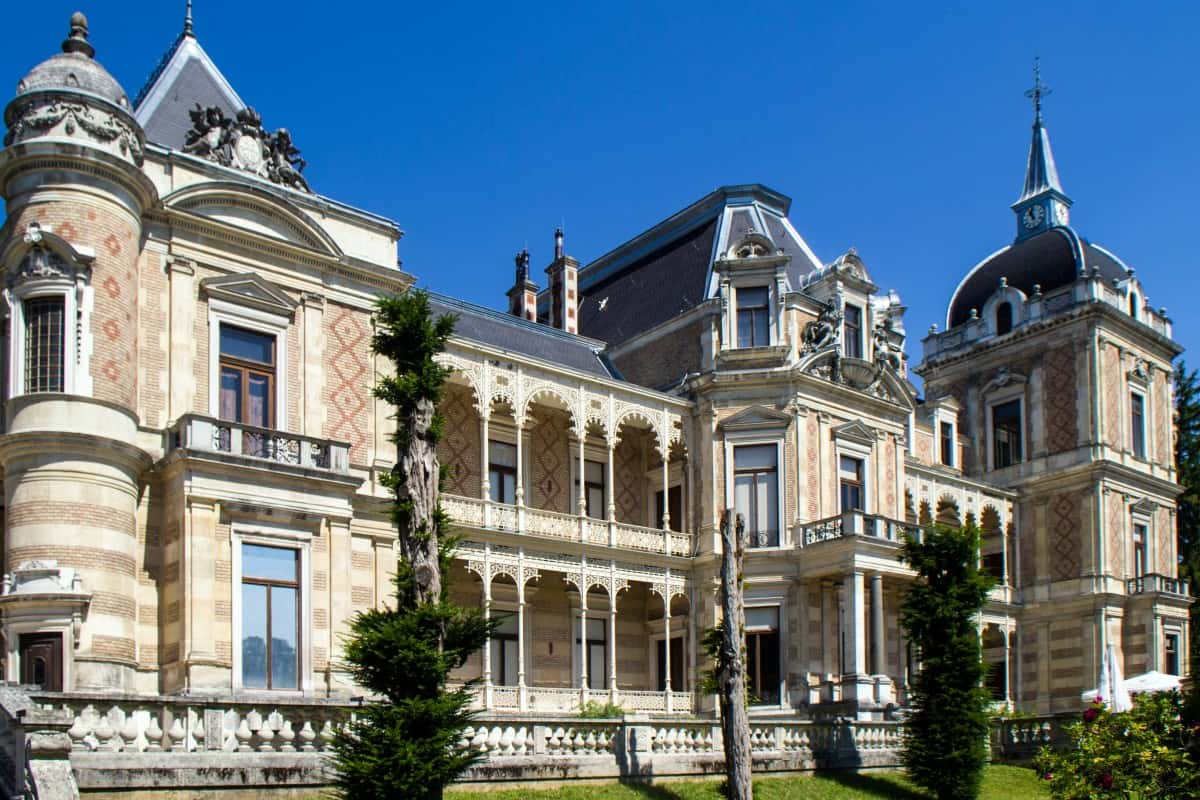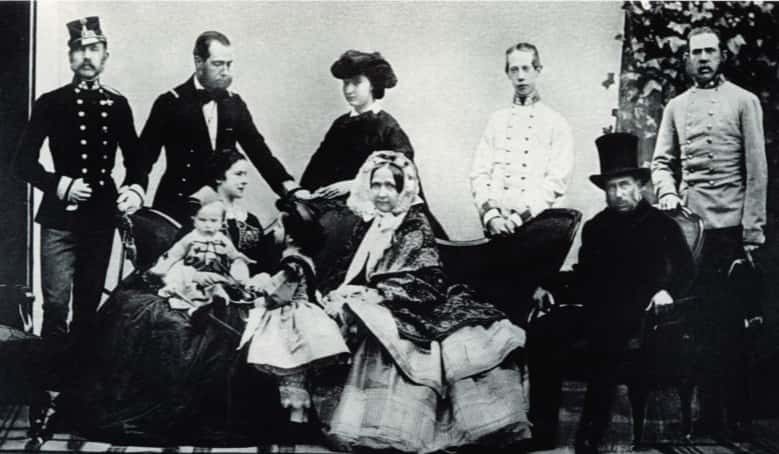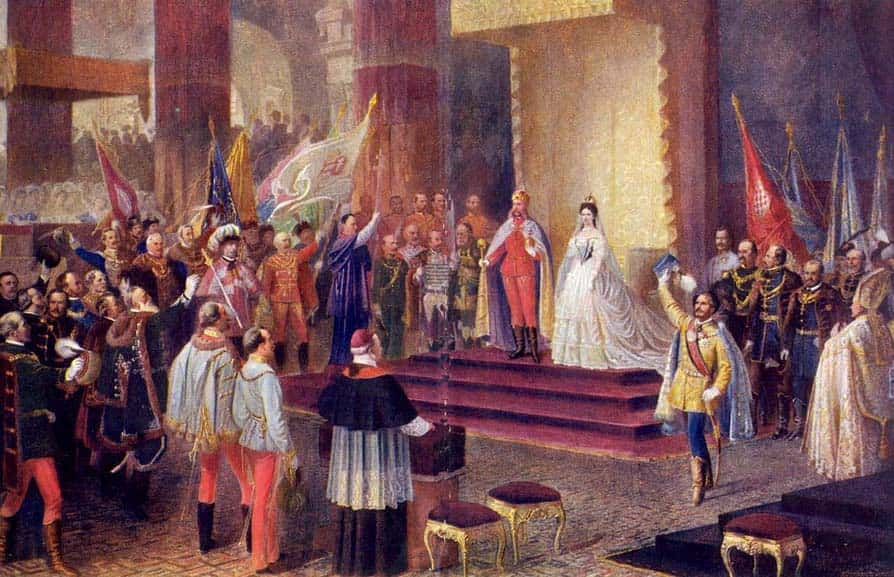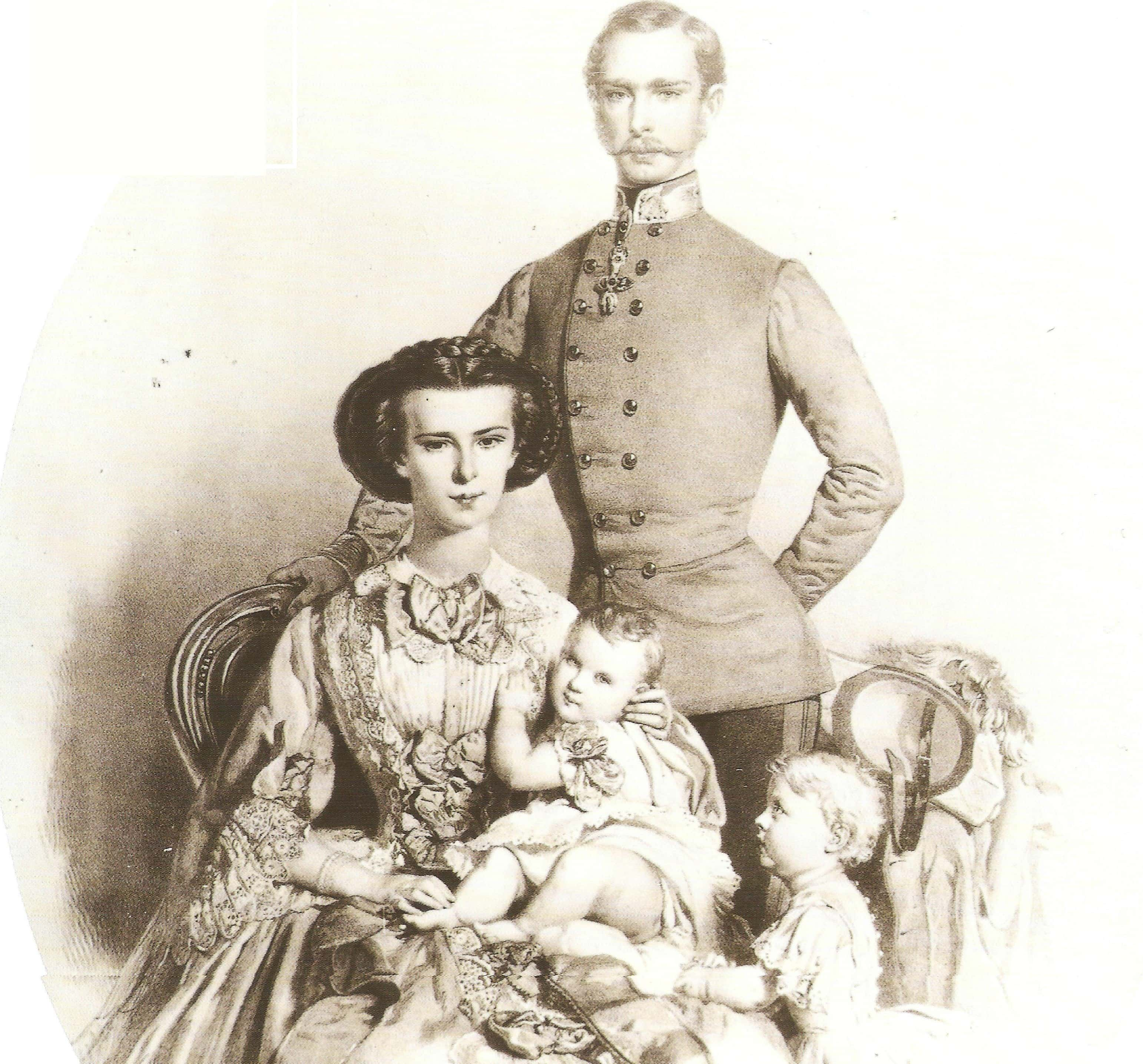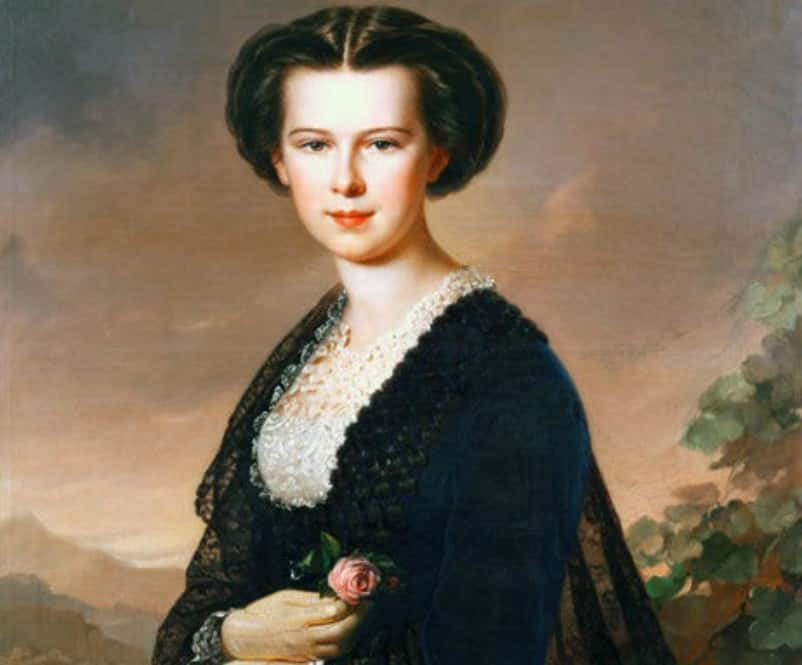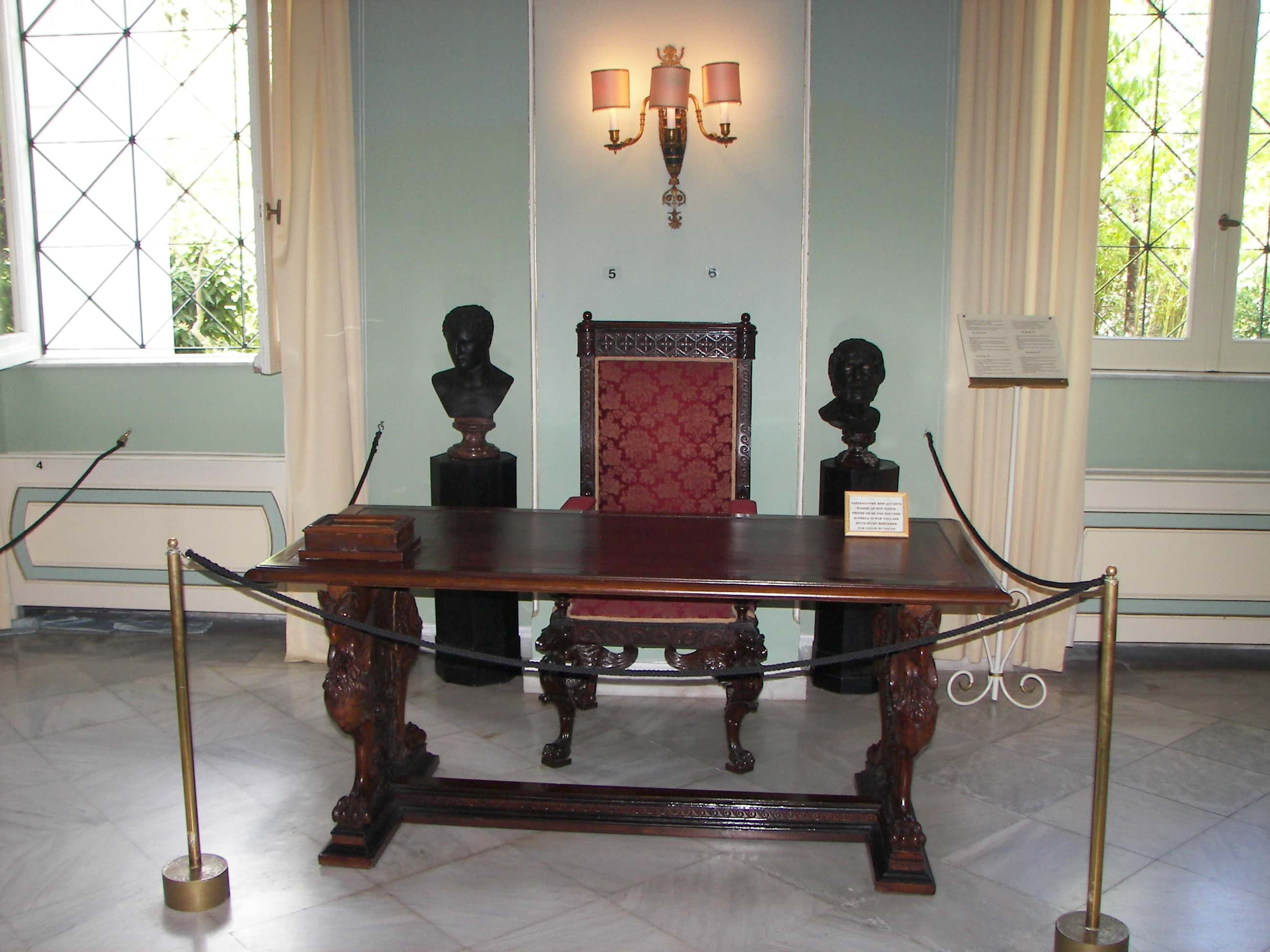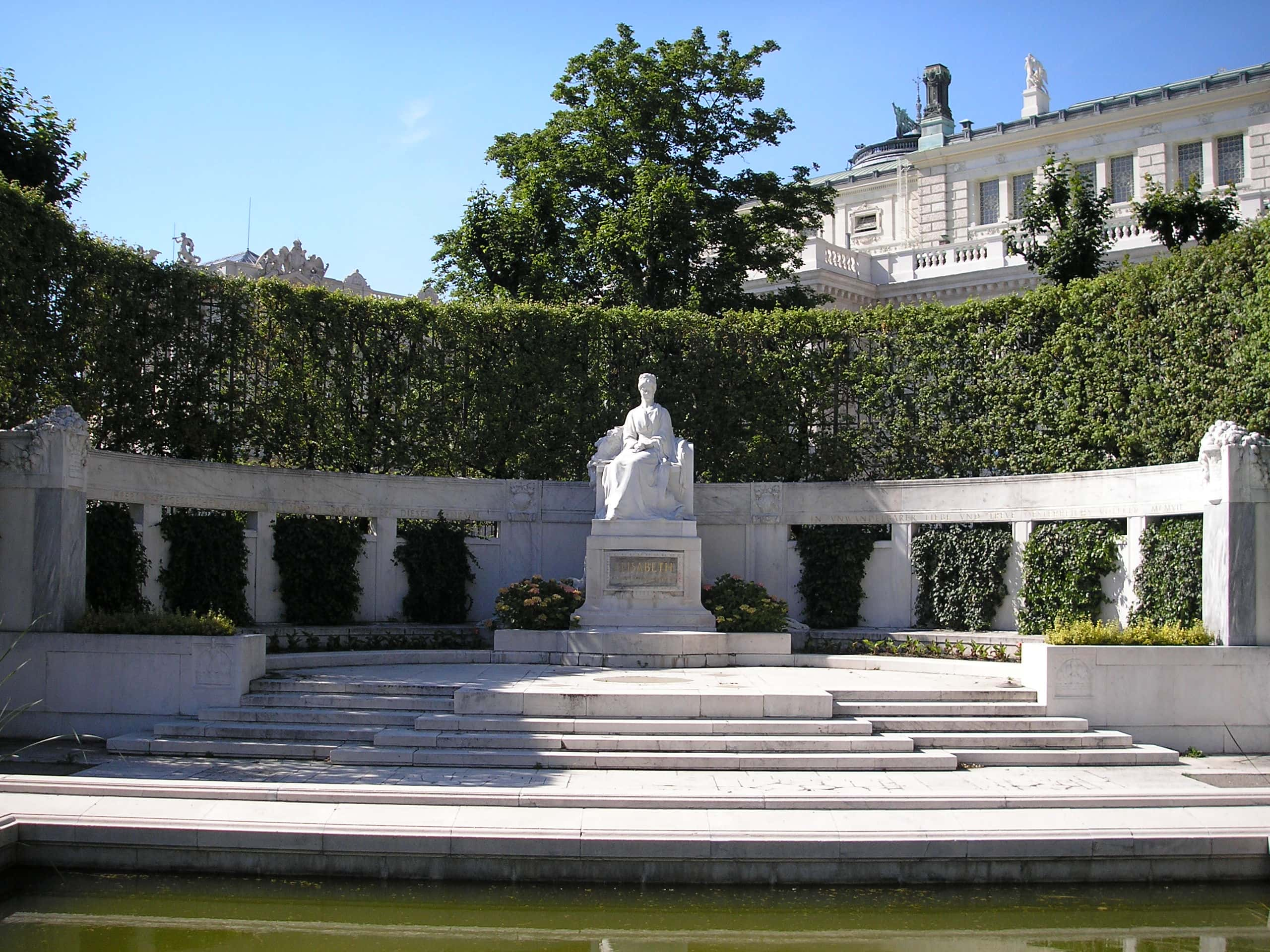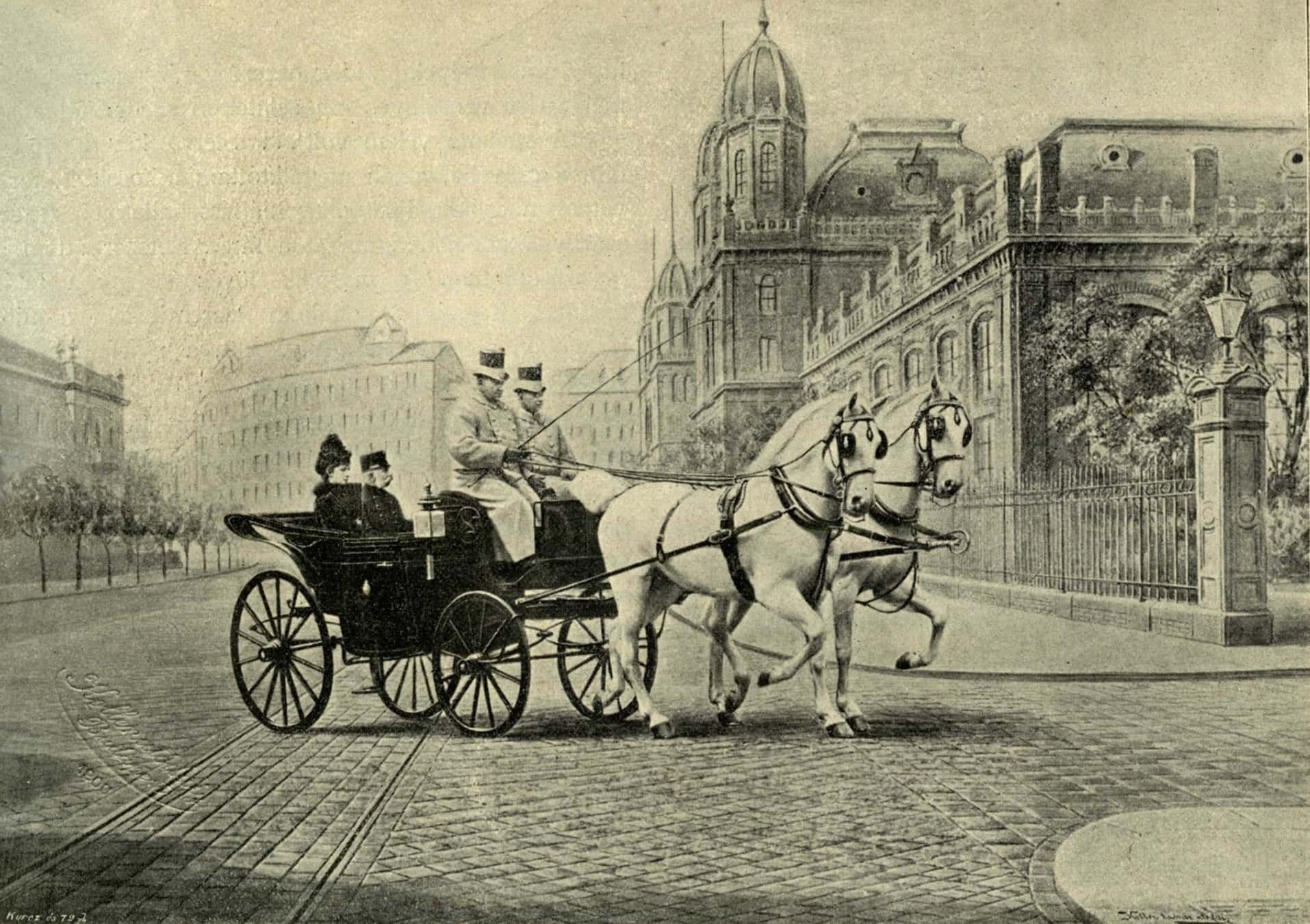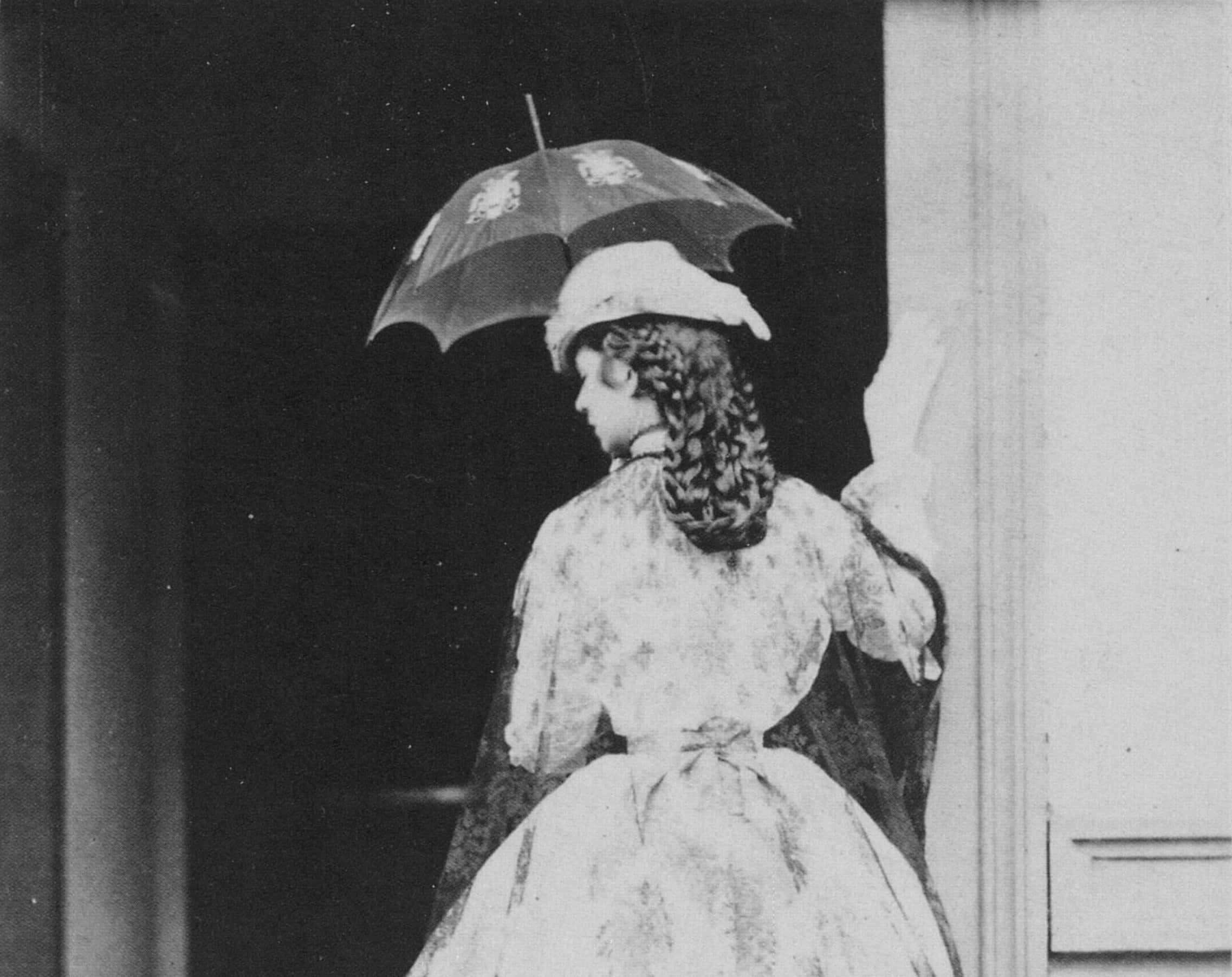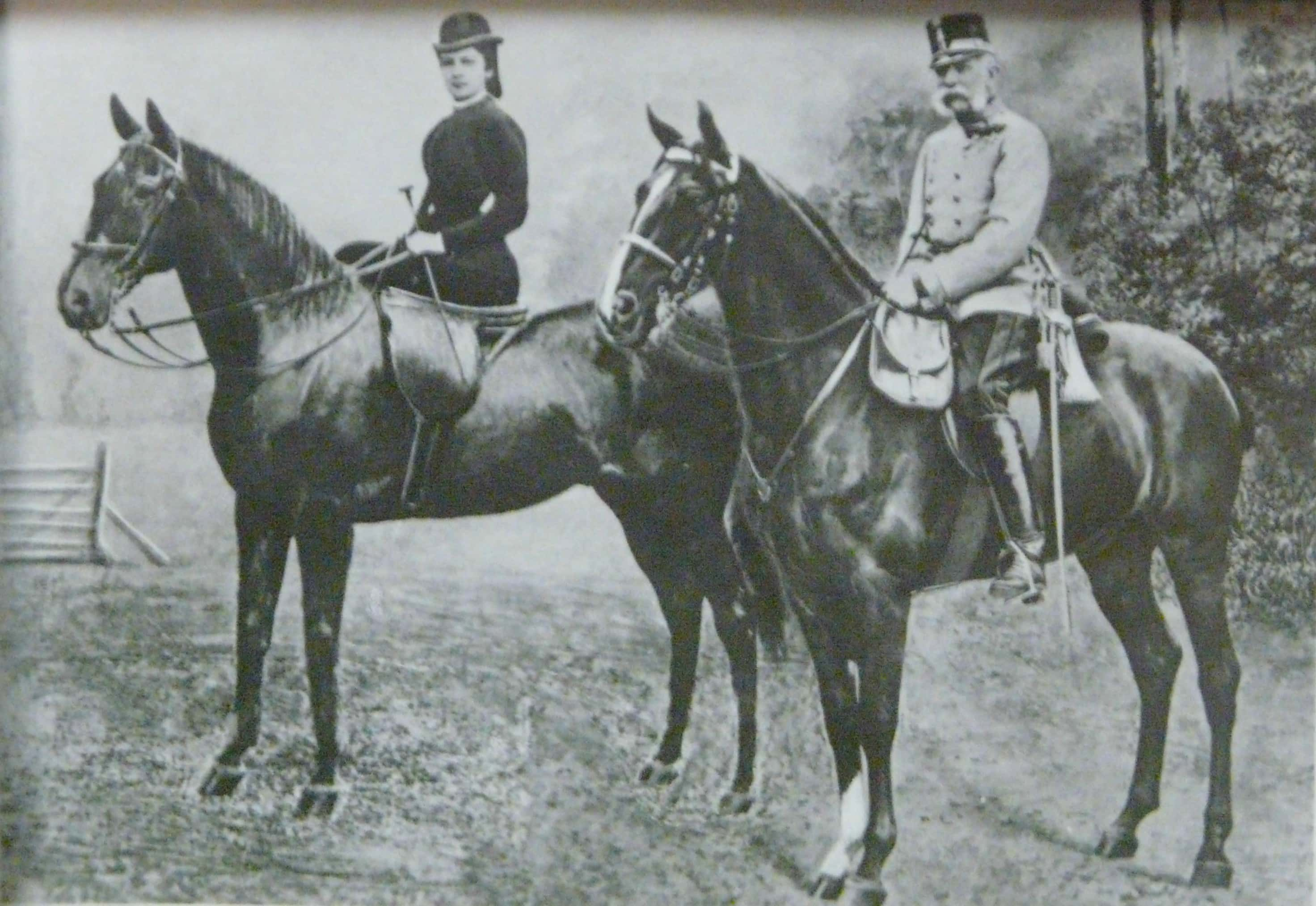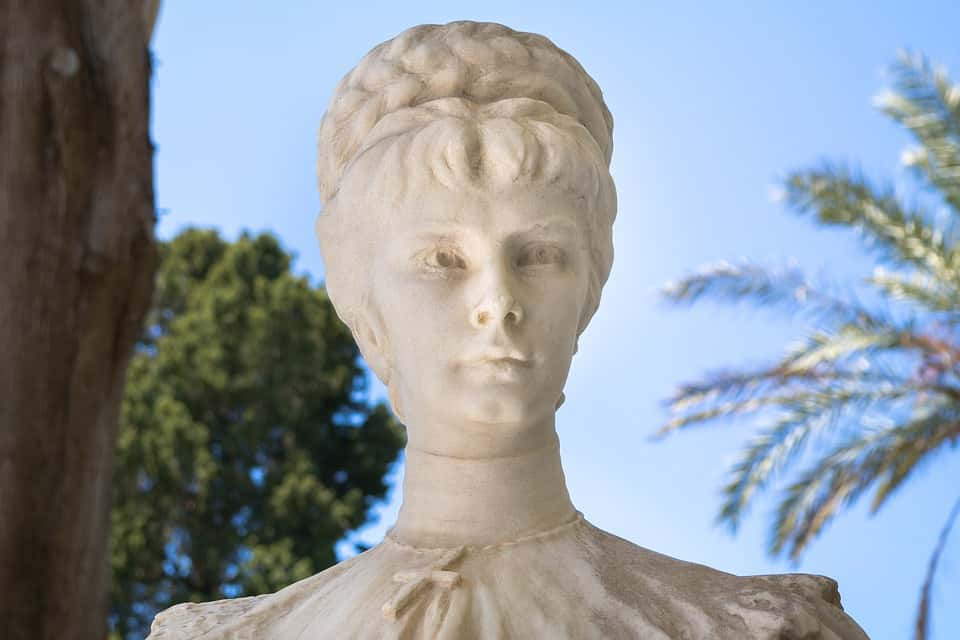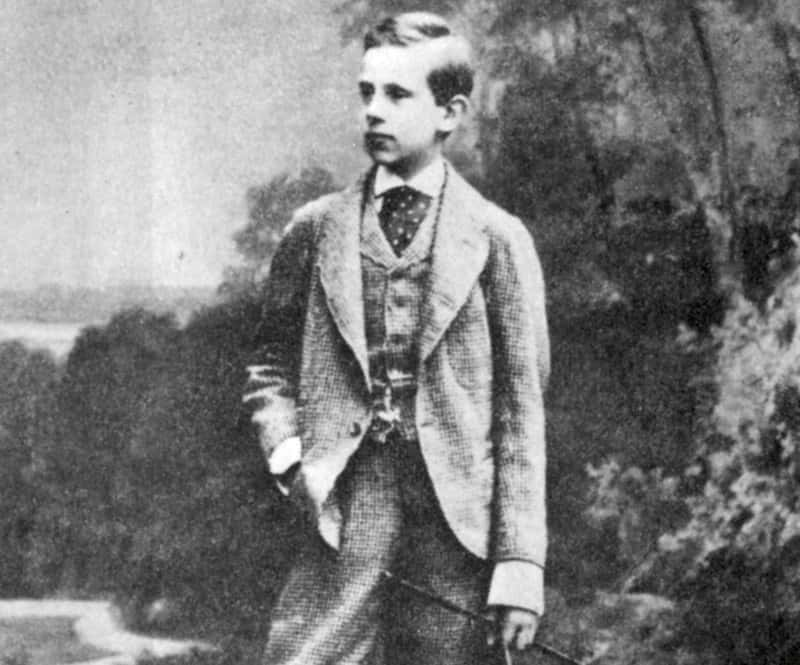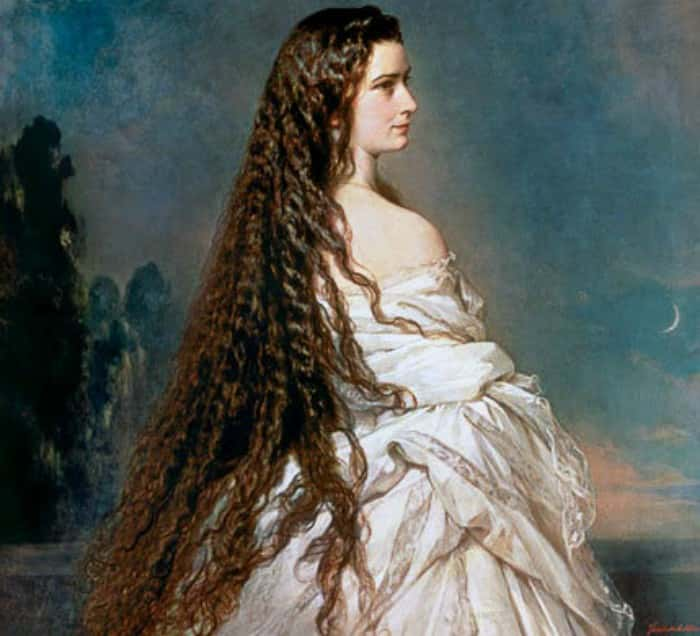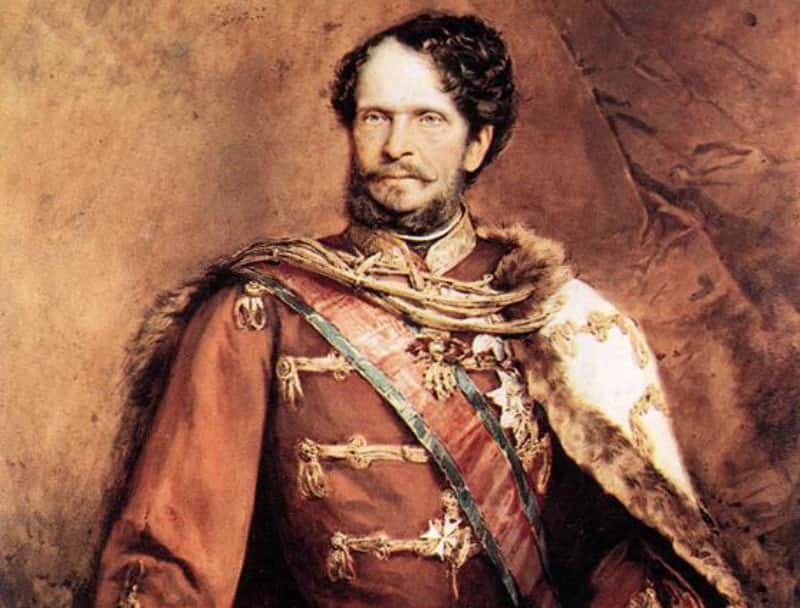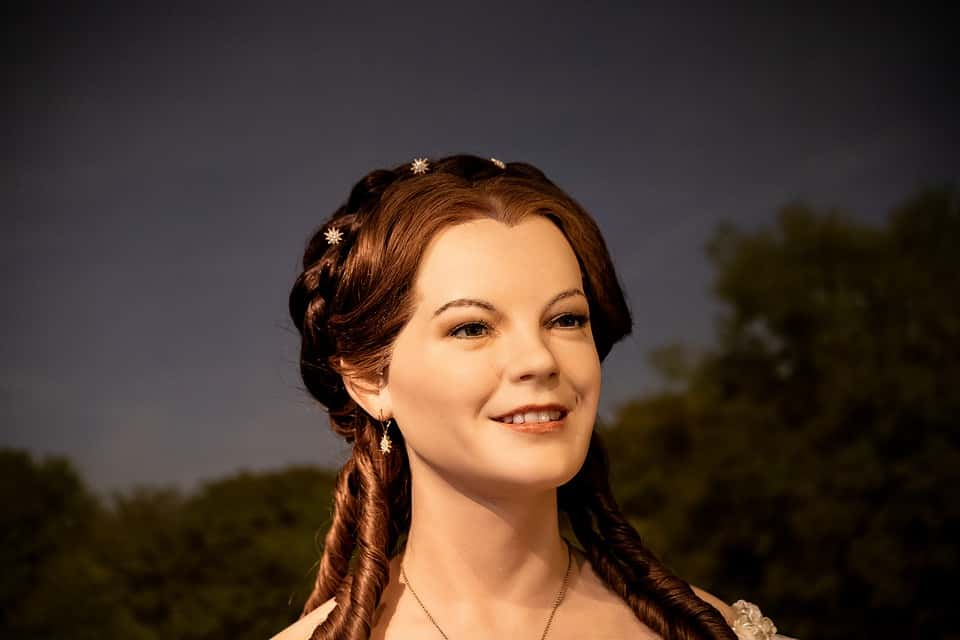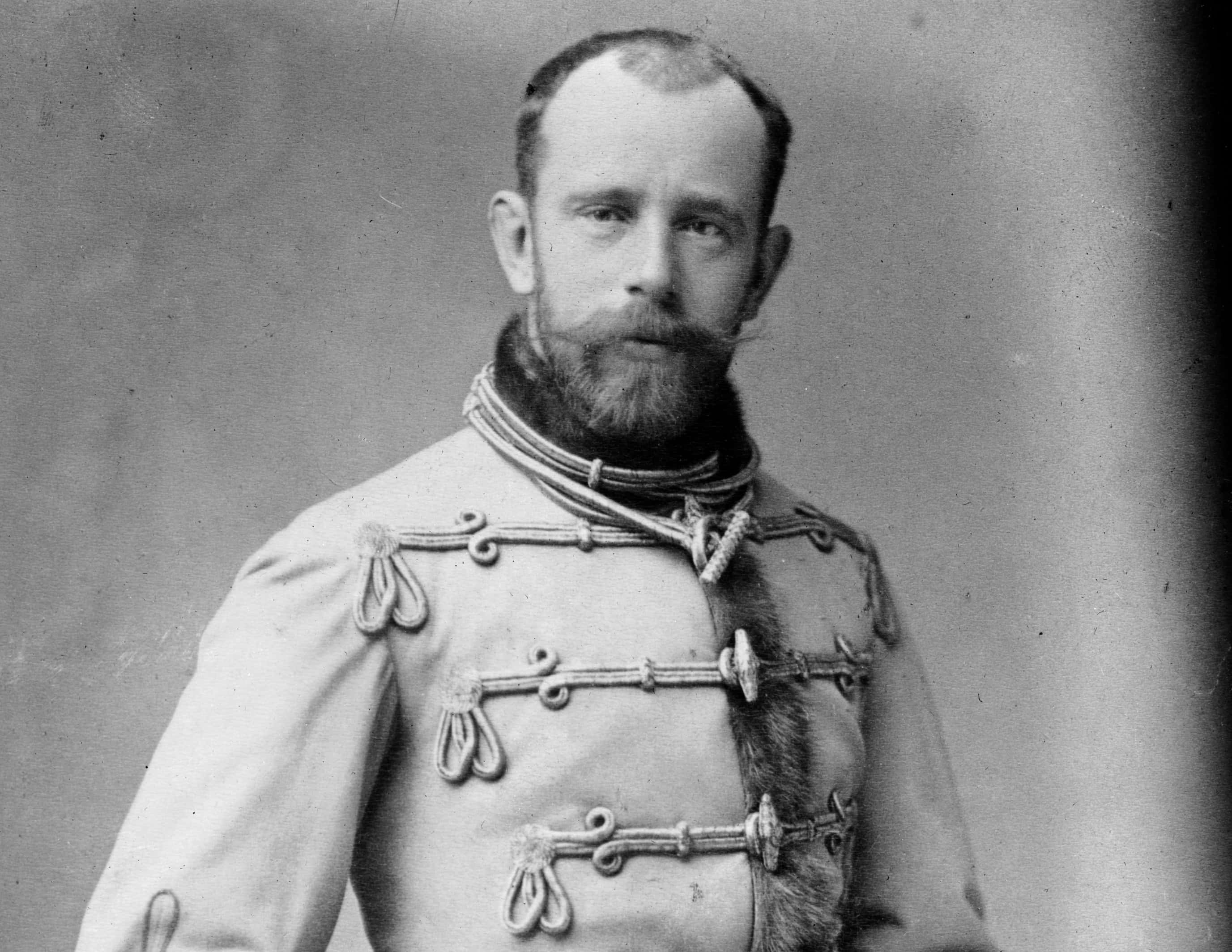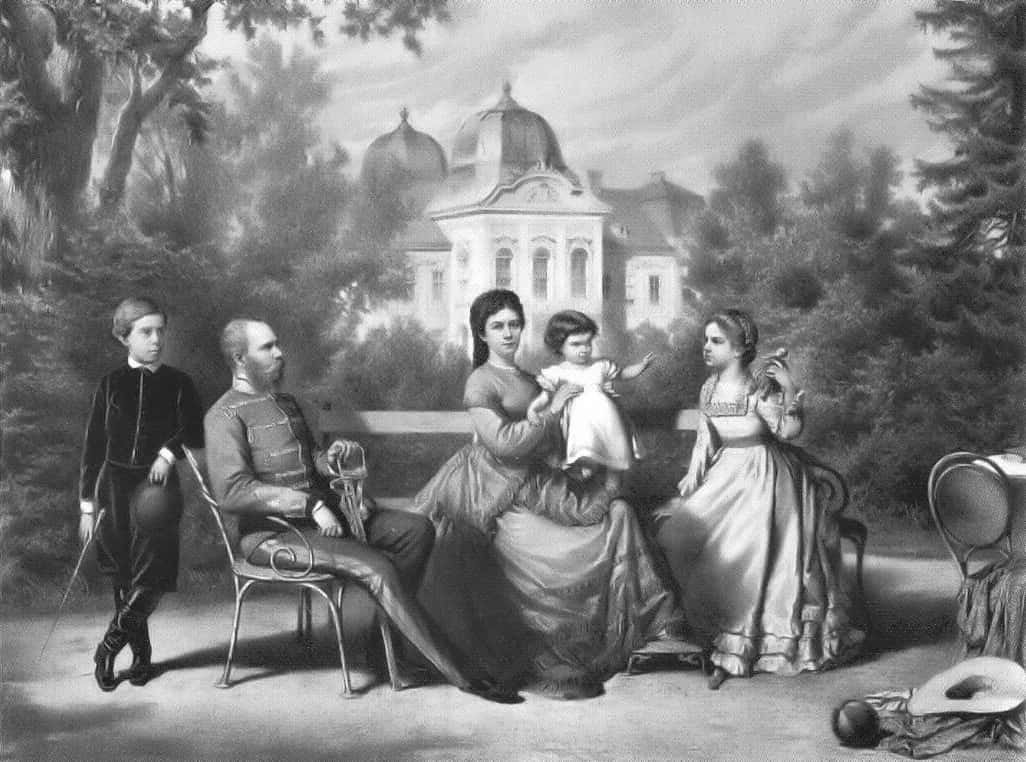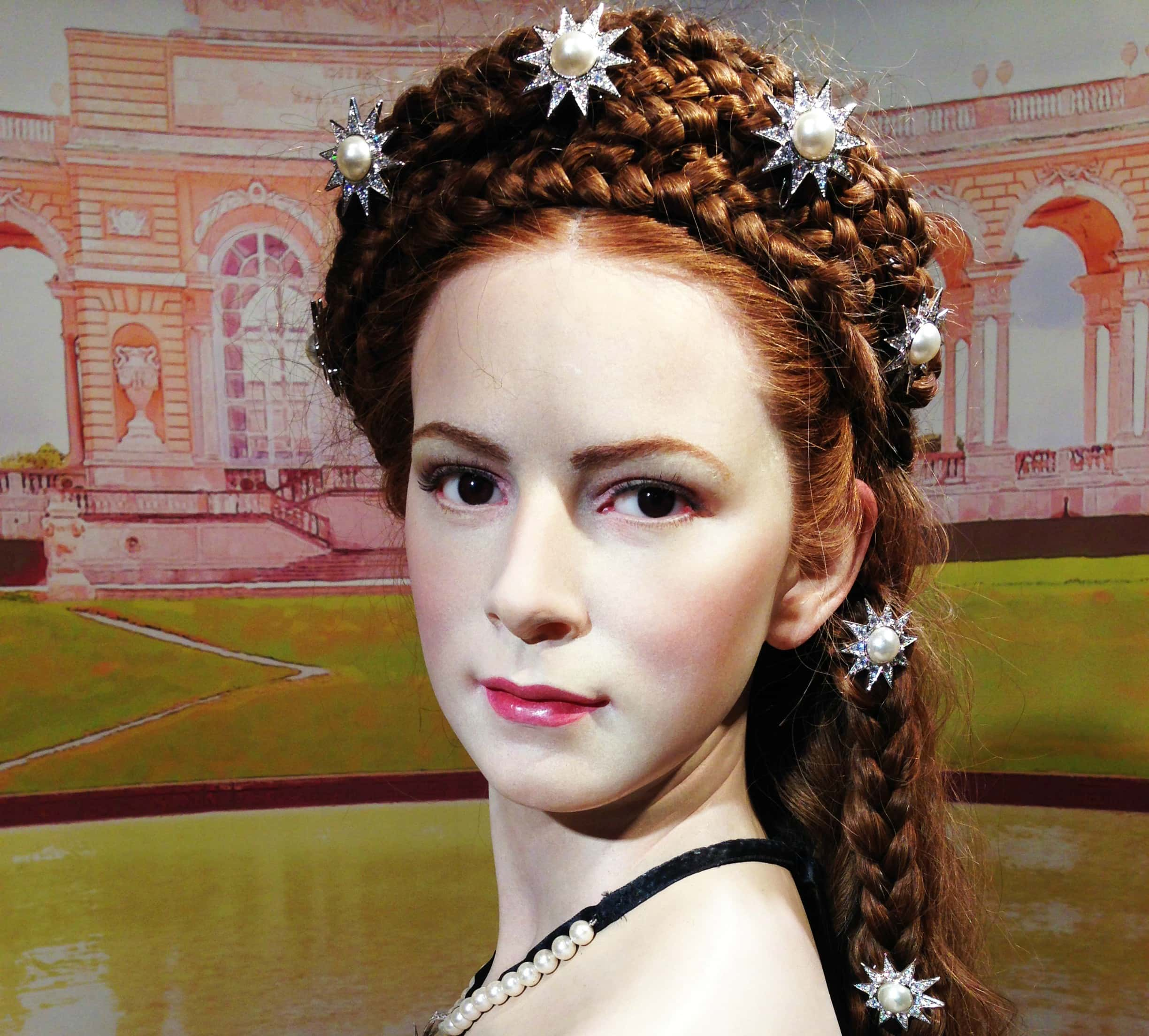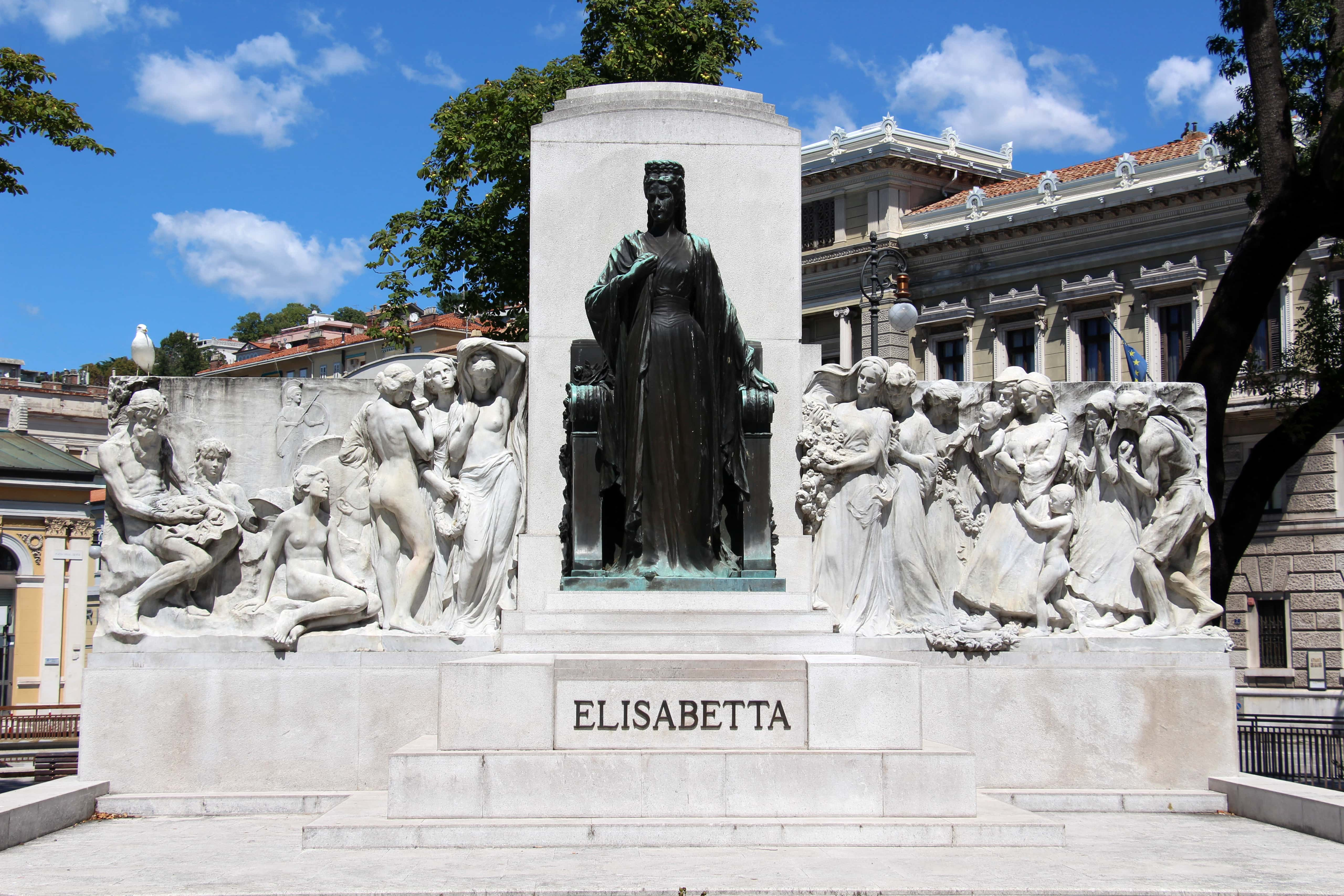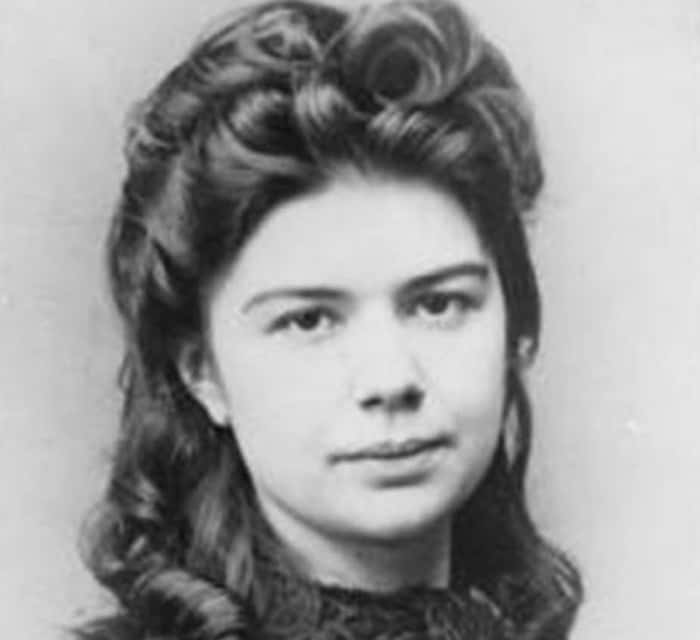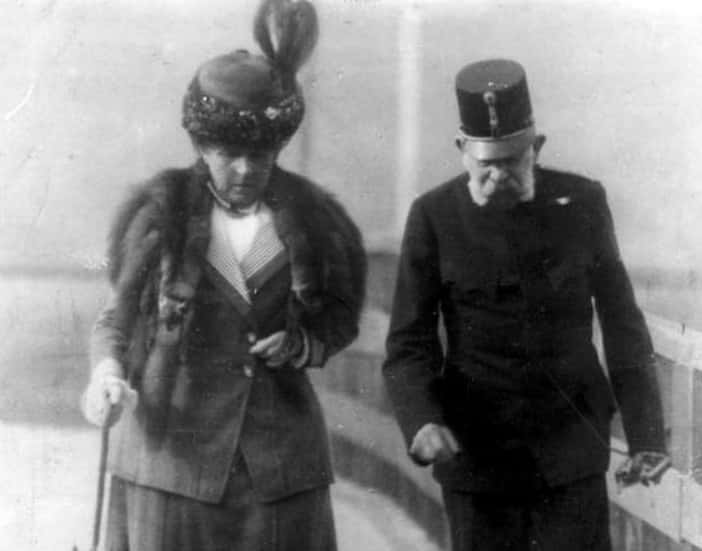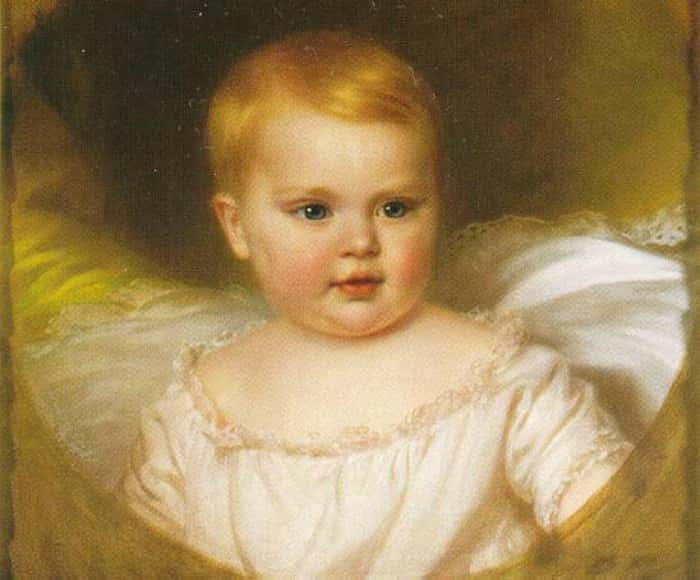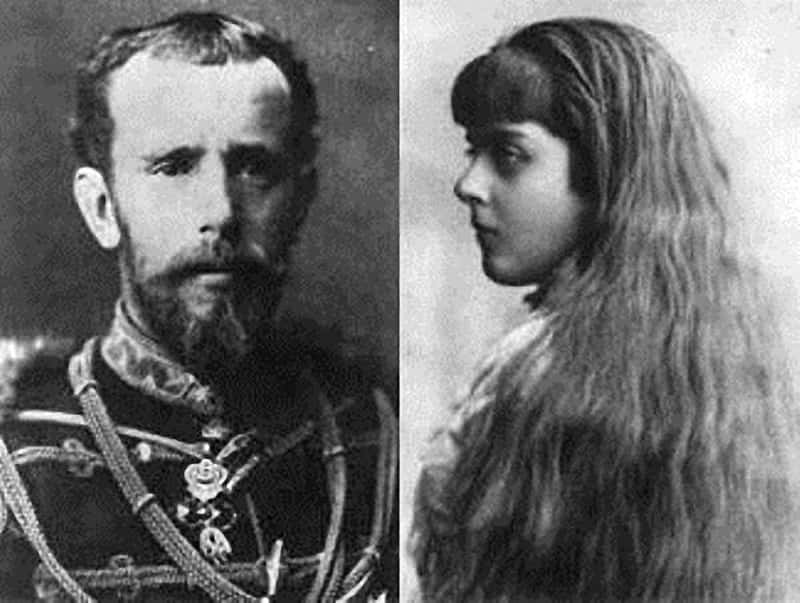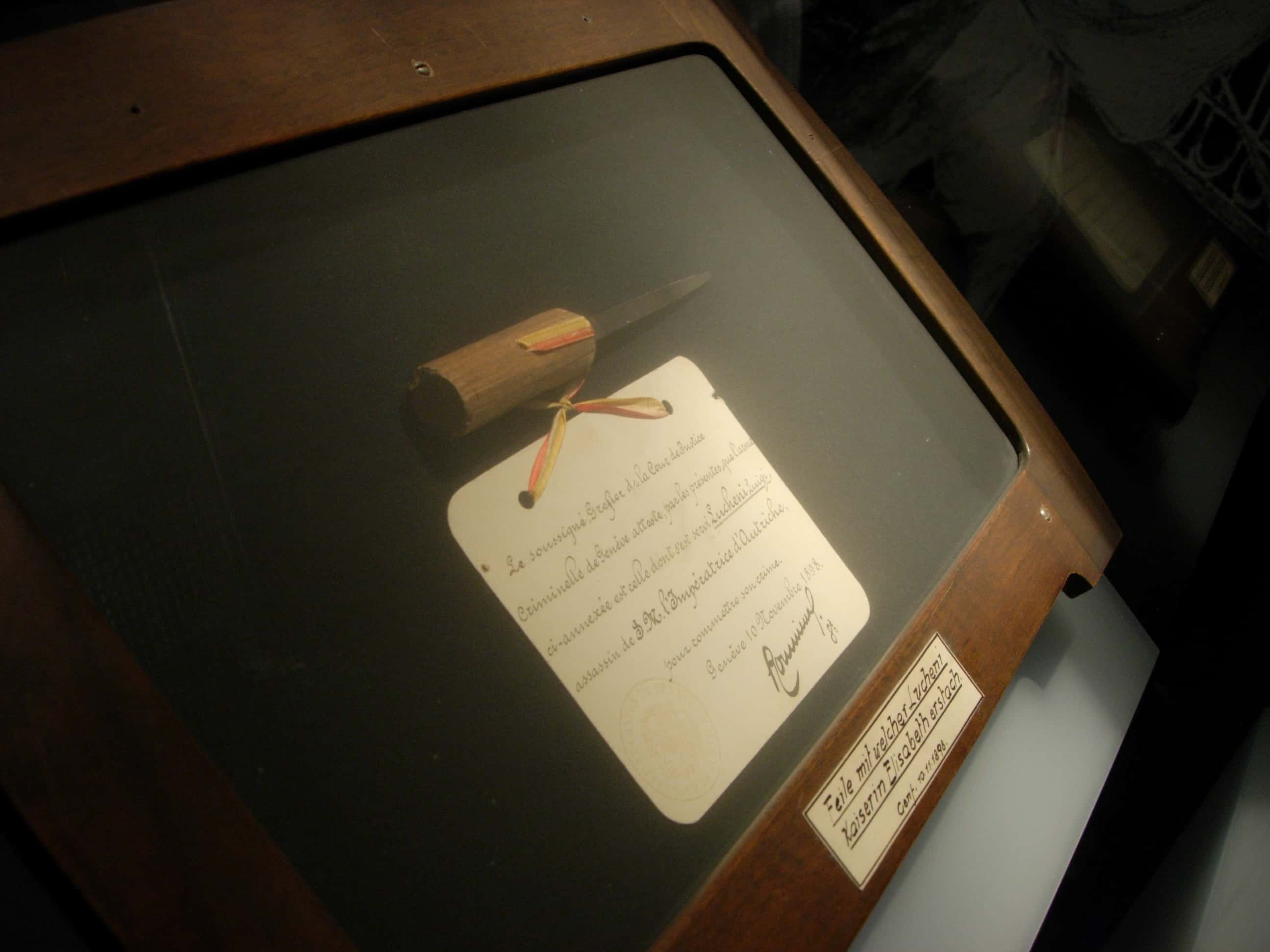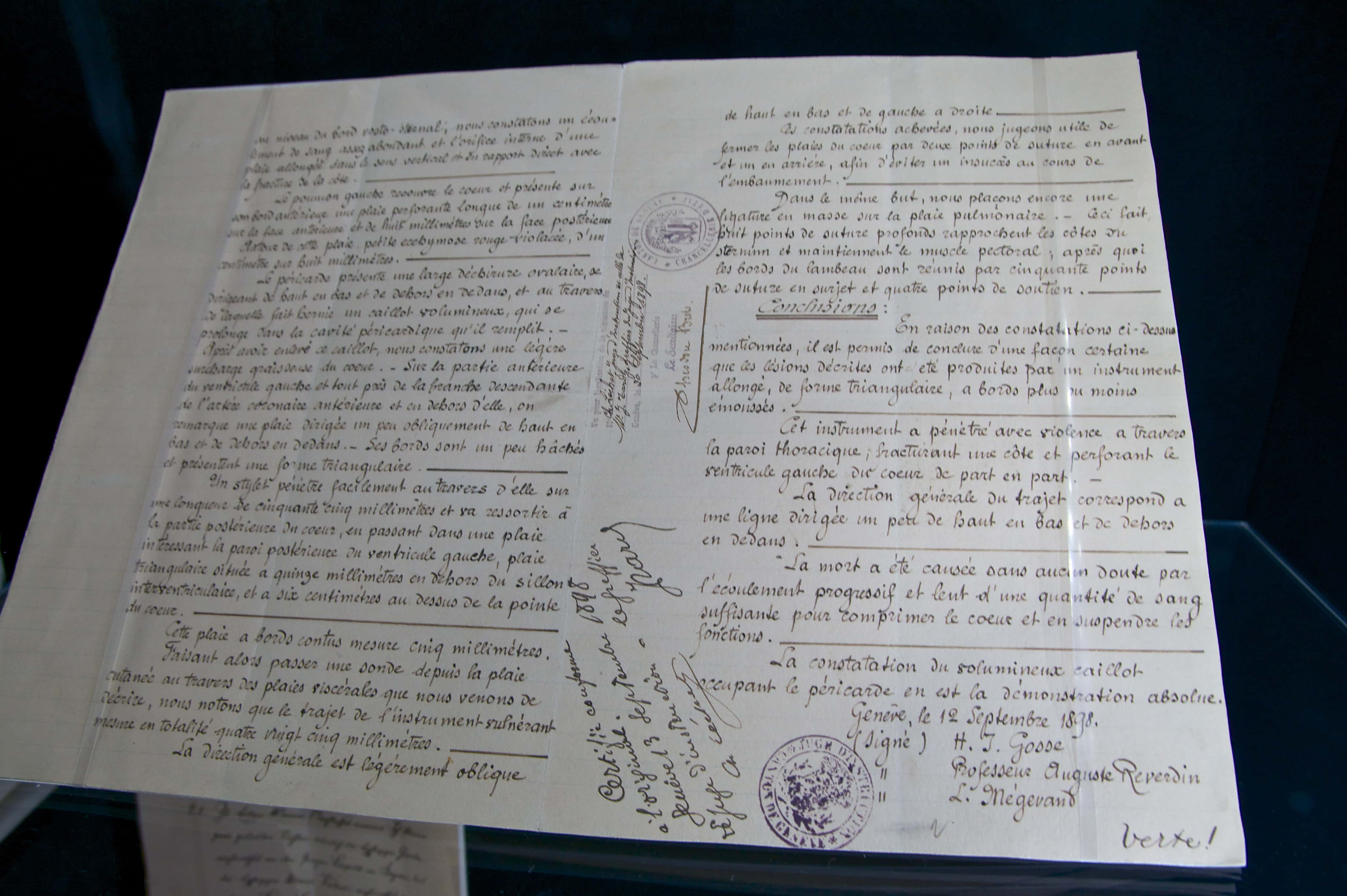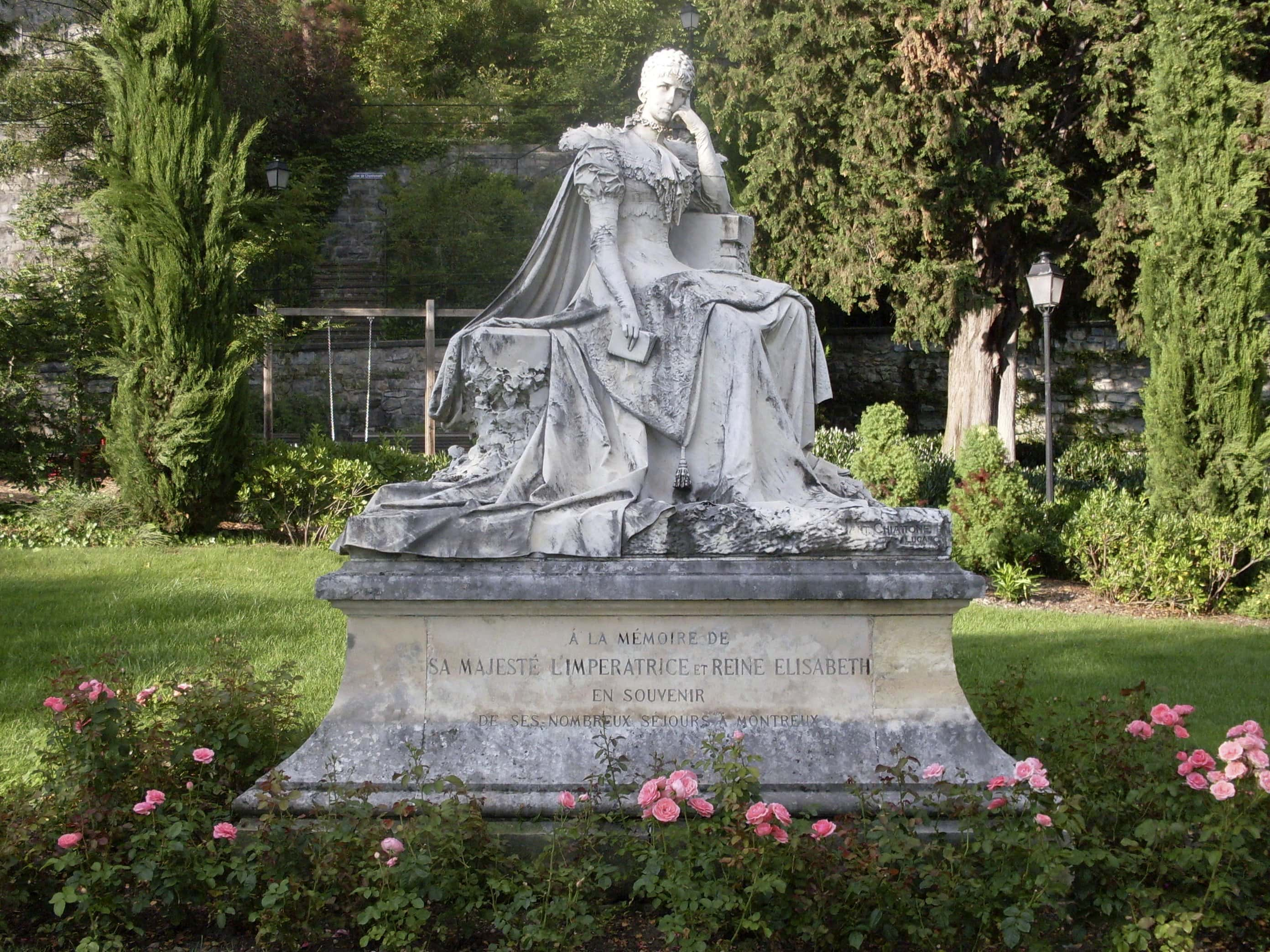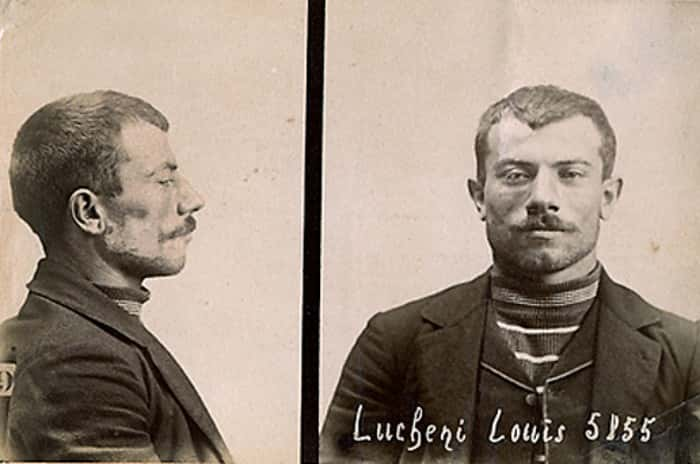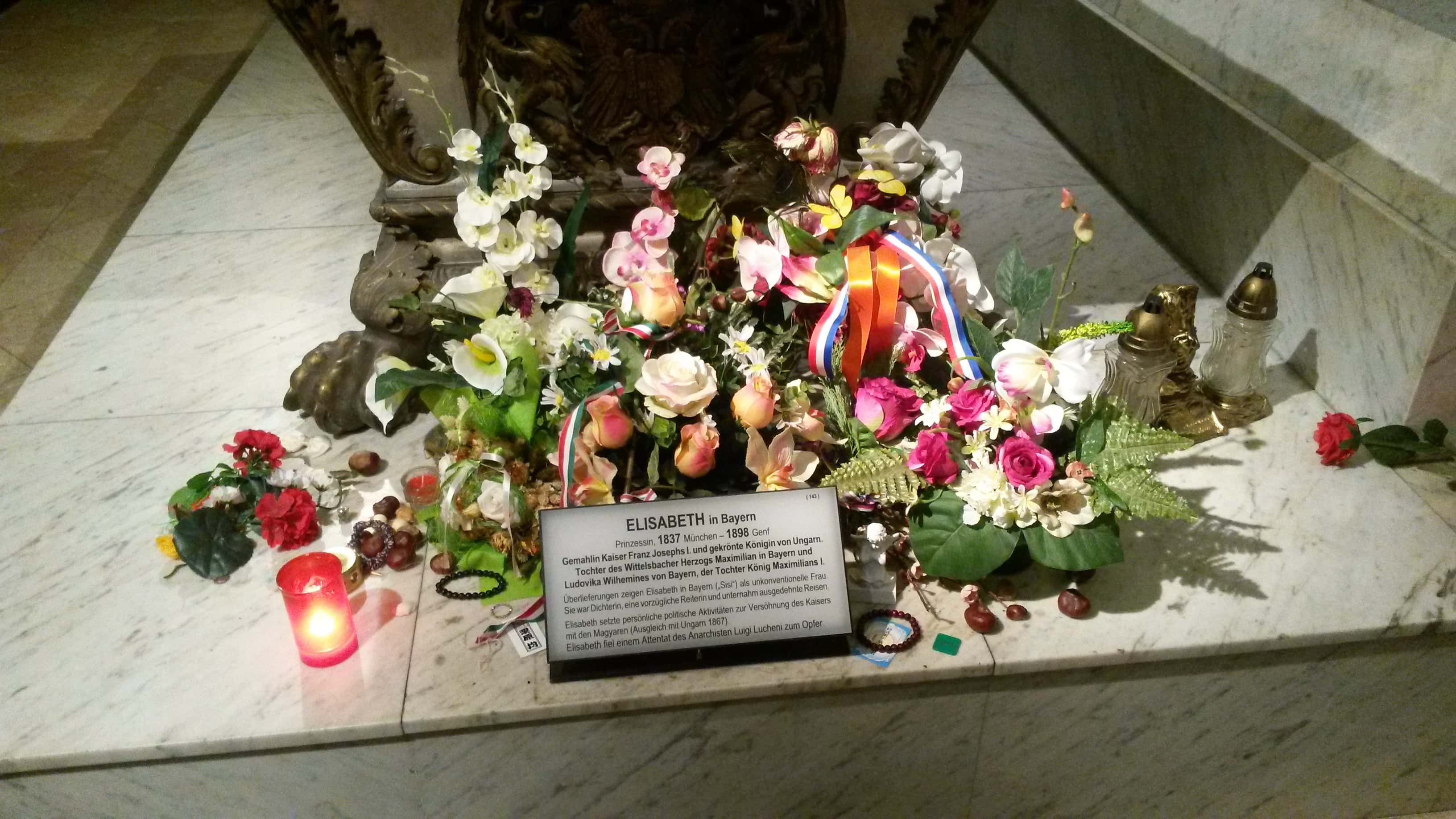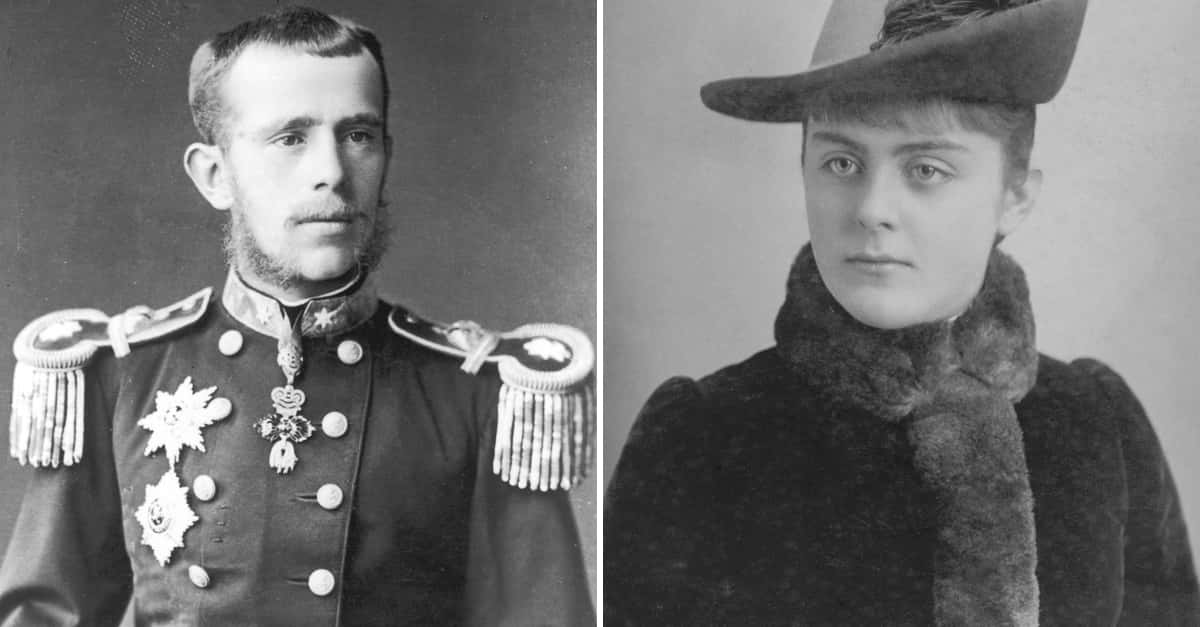Empress Elisabeth, The People’s Tragic Queen
Privileged, precise, and punishingly beautiful, Elisabeth of Bavaria rose to become Empress consort of the Austrian Empire at the height of its powers, and has remained one of the nation’s most beloved figures. Yet behind her exquisite façade lies a lifetime of pain, violence, and an unimaginably tragic end.
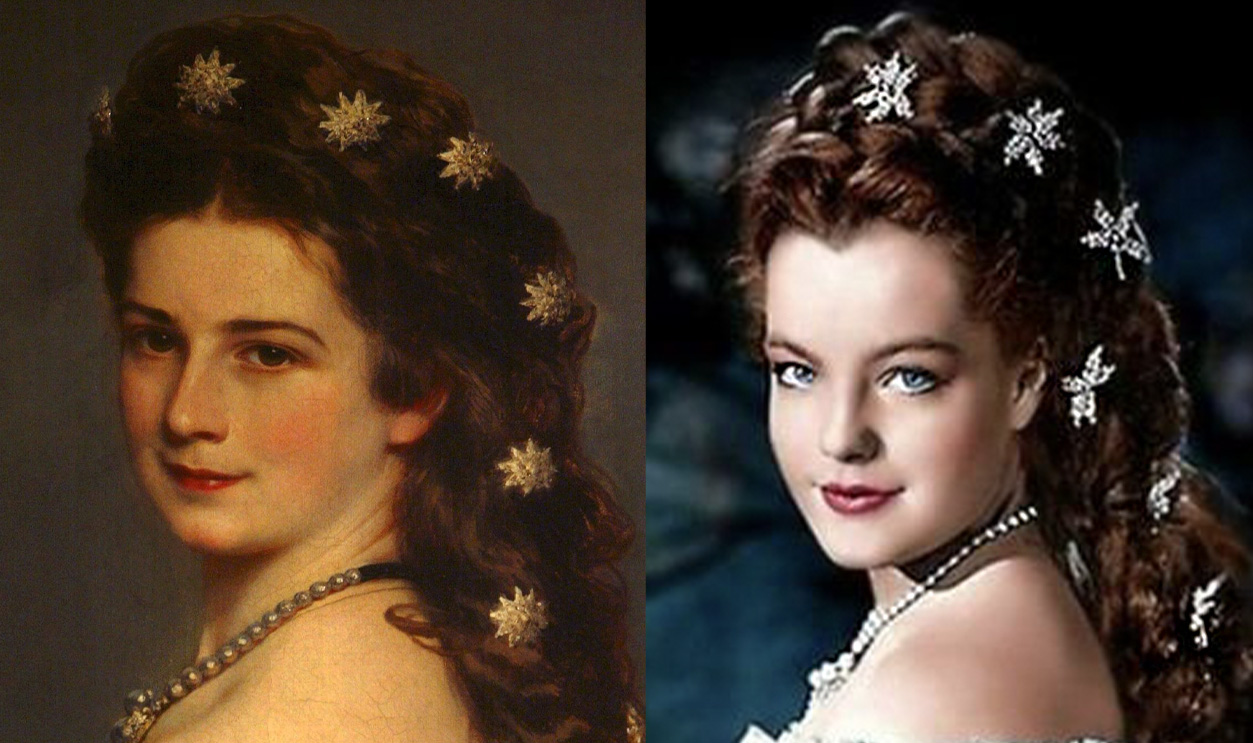
1. All in the Family
Elisabeth Amalie Eugenie was born on Christmas Eve, 1837 to Maximillian and Ludovika of Bavaria. The young royal had a far from normal childhood: Her father Maximillian was a notorious eccentric, and the little girl grew up in a chaotic environment that encouraged country horse rides over formal education.
2. Sisi My Playmate
Growing up, Elisabeth’s loved ones nicknamed the observant, sensitive girl “Sisi.”
3. She’s The One
Elisabeth was never supposed to become Empress. Her older sister Helene was originally betrothed to the young Emperor Franz Joseph of Austria, but it all changed when the 15-year-old Elisabeth accompanied Helene to their first meeting and formal proposal. The moment Franz Joseph laid eyes on Elisabeth, he swore he would marry none but her.
4. Wanderlust
The Empress Elisabeth was a fundamentally restless woman. She loved being by herself, and valued her independence and freedom above all else. As she once said, “If I arrived at a place and knew that I could never leave it again, the whole stay would become hell despite being paradise.”
5. A Tall Drink of Water
Empress Elisabeth was lanky by the day’s feminine standards, standing at 5'8" tall.
6. A Twist of Fate
According to lore, a wardrobe malfunction won Elisabeth the crown over her sister Helene. Somewhere along their carriage journey, the coach carrying their formal gowns got lost. As it happened, the family was in mourning for an aunt, and without a change of clothes, they were forced to wear their black widow’s weeds to the meeting.
Unfortunately for Helene, her coloring was sallow next to the dark cloth—but the black made Elisabeth’s pale, golden complexion sing.
7. Teen Queen
Franz Joseph and Elisabeth wasted no time after their meet-cute. The palace officially announced their betrothal five days after the meeting, and they married just eight months later on April 24, 1854. At the time, Elisabeth was barely 16 years old and already the Empress of a mighty realm.
8. Fitting in
Elisabeth maintained a strict health regimen until her dying day, determinedly and disturbingly keeping her weight at a trim 110 pounds, even after four pregnancies. While her self-control is admirable, depending on who you ask, her compulsion contained a dark secret. Some would almost certainly consider her devotion a disorder now: She had little control over her royal life, and her physical appearance was the one thing she could claim for herself.

History's most fascinating stories and darkest secrets, delivered to your inbox daily.
9. Monster-in-Law
There are horrific mothers-in-law—and then there was the Archduchess Sophie of Bavaria, Franz Joseph’s legendarily domineering matron. An absolute force of nature, Sophie more than earned her nickname of “the only man in the Hofburg palace.” Unfortunately, her meddling would soon damage Elisabeth in more ways than one…
10. One and Done
19th-century birth control was sorely lacking, and a shocked Empress Elisabeth found herself pregnant almost immediately after her wedding. The naïve teenaged Empress gave birth to a baby girl, Sophie, just 10 months after her special day.
11. After the Fairy Tale
Elisabeth won her Emperor, but it was hardly happily ever after. She quickly installed herself in formal Habsburg court life, but the free-spirited girl was completely unused to the cold, dour atmosphere of royal life and its endless rules of etiquette, especially in comparison to her rag-tag upbringing.
12. The Girl Is Mine
Elisabeth’s mother-in-law Sophie always looked down on her, but motherhood made it so much worse. Sophie dismissed her as “a silly young mother,” and went ahead and named the new baby after herself without asking. To rub salt in the wound, she also refused to let Elisabeth see, breastfeed, or care for her newborn. Then she did the same with her second granddaughter Gisela.
13. Mama’s Boy
Emperor Franz Joseph was completely in love with the beautiful Elisabeth—but he was in for a rude awakening. Truth be told, Elisabeth didn’t reciprocate his feelings at all. The sharp, quick-witted introvert was constantly in search of a new subject to conquer. She found Franz to be a dull, unimaginative, and stale man under mommy’s thumb.
14. A Real Bodice Ripper
Elisabeth’s obsessive trimness also manifested in an infatuation with “tight-lacing,” where women wore their corsets so tight that it made them wasp-waisted. The young Empress outsourced special rigid corsets all the way from Paris—used specifically by courtesans—to achieve the sucked-in look. Reportedly, lacing them up took a full hour.
15. Boy Problems
By 1856, Empress Elisabeth had borne Franz Jospeh two daughters, Sophie and Gisela, but no sons. In an empire obsessed with heirs, this was a big cause for concern, and the Empress began to feel even more isolated.
16. I’m Sick of This
The stresses of her position took an enormous toll on Elisabeth’s health. She was naturally a little reserved and introverted, and palace life made her anxious. Within weeks of moving into the royal castle, she developed frequent coughing fits and couldn’t even descend staircases without suffering panic attacks.
17. Sons or Anarchy
One day, Empress Elisabeth walked into her study where she made a chilling discovery. On her desk was a small pamphlet that had some choice, cruel passages underlined: “The natural destiny of a Queen is to give an heir to the throne,” it read. “If the Queen bears no sons, she is merely a foreigner in the State.”
The suspected source of this obscenely vicious broadside? I’ll give you three gue—Sophia. It was totally Sophia.
18. My Kingdom for a Horse
Empress Elisabeth was a horse girl to end all horse girls. She rode every day almost without fail, and was one of the very best female horseback riders in the world during her heyday.
19. The Enemy of My Enemy
Elisabeth had an undying fondness for Hungary, one of Austria’s territories at the time. She felt an affinity with its staunch independence hidden under a placid interior, and the young royal even started learning Hungarian. The fact that Archduchess Sophie detested Hungarians probably didn’t hurt Elisabeth’s ardor, either.
20. My Body, My Choice
The Empress’s enthusiasm for tight-lacing may have been another act of rebellion. Her mother-in-law Sophie made it abundantly clear that she expected the girl to always be pregnant or in the process of getting pregnant. By insisting on wearing the womb-restricting clothing, Elisabeth managed to drive the controlling Archduchess half-mad.
21. Rise and Grind
Elisabeth’s exercise regime was unbelievably demanding. She insisted that every castle she lived in have a gymnasium for her to perform her routines, and her private bedchamber at Hofburg Palace was even equipped with balance beams. On top of that, she was obsessed with doing her routines perfectly. Most of her gyms came with mirrors so she could correct herself as she went.
22. Picky Eater
Never a prodigious eater, Elisabeth eventually developed a total aversion and disgust for meat. To get protein, she often just squeezed steak juice into her soup and called it a day.
23. Vile Vienna
By the 1860s, Elisabeth despised Vienna and her royal life so much that many historians believe her frequent coughing fits and panics were partly psychosomatic. It got so bad that she stayed away from the capital for a full two years. The moment she returned, she experienced a migraine in the carriage and puked four times—all on the way there.
24. The Smoking Gun
The hyperactive and often sleepless Elisabeth took up smoking to make the wee hours pass by. Her manly habit shocked polite court society at the time.
25. One Size Fits All
For all her intimidating discipline, Elisabeth was a fundamentally informal woman. She especially despised phony court customs and fashions. Accordingly, she helped popularize the shift away from large hoop skirts and into a leaner, closer cropped dress silhouette. She also put an end to the interminable dress changes at the palace, preferring to don simple riding gear most of the day.
26. We’re All Mad Here
Elisabeth was a true eccentric, but many people whispered that her mental troubles were much darker than she let on. After all, she was cousins with the infamous mad King Ludwig II of Bavaria, and she seemed to take a deep interest in the mentally ill. One day, when her husband asked her what she wanted for a gift, she replied brightly:"...a fully equipped lunatic asylum would please me most."
27. It’s a Boy!
On August 21, 1858, Elisabeth finally shut her mother-in-law’s mouth and gave birth to a baby boy, the Crown Prince Rudolf of Austria. The happy news came with a 101-gun salute and the blossoming of Elisabeth’s full political power at court. Yet like all of her other children up to that point, Elisabeth had almost no say in Rudolf’s upbringing.
28. A Hairy Issue
Elisabeth’s exercise regime may have been daunting, but it had absolutely nothing on her beauty routine. As an adult, her chestnut brown hair grew to truly epic lengths and required a small army of people to maintain. She got frequent headaches from the weight of her updos—which took three hours to create—and scheduled an entire day off every two weeks just to wash her locks in a mixture of eggs and cognac.
29. Power Play
At the height of her powers, Elisabeth was one of the key ambassadors to Hungary, though some say her desire for peace hid a dark secret. One of Elisabeth’s main contacts was the handsome Count Gyula Andrassy, who some believe was her lover. Elisabeth even pushed her husband to make Andrassy Premier of Hungary, once threatening him “...If you say 'No,’…you will be relieved forever from my future.”
30. Beauty Is Pain
Elisabeth almost never wore makeup, though she did try a range of beauty tactics and products to plump her skin and cling to her youth. These included olive oil baths, raw veal facials, and even sleeping pillow-less on metal bed frames.
31. No Means No
The Empress frequently withheld physical intimacy from her husband. Why? Well, she was often ailing, either with stress symptoms or real illnesses related to her malnutrition. Of course, there was also the fact she had zero hots for Franz Joseph. Oh, and she lived in fear of another pregnancy ruining her figure, confessing that "Children are the curse of a woman, for when they come, they drive away Beauty.” That’s…a lot of reasons.
32. Like Mother, Like Son
Though their relationship was sometimes strained, Elisabeth and her only son Rudolf were eerily alike in many ways. He too was stubborn, introverted, and largely uninterested in artifice. Moreover, he departed from his father’s conservative political views, taking up Elisabeth’s more liberal beliefs instead. Sadly, mother and son never enjoyed a close connection.
33. Fourth Time’s a Charm
Empress Elisabeth only had a fourth child when she wanted a fourth child. That is, after Hungary and Austria finally reached an agreement and she and Franz Joseph became King and Queen of Hungary. Once that happened, she knew it would be politically advantageous to birth an heir in Budapest, and that’s exactly what she did.
Little Marie Valeria was born in the Hungarian metropolis in 1868.
34. The Only Child
This time, Empress Elisabeth demanded that she take over caring for her child. In a tragic twist, her plan backfired horribly. Deprived of her maternal instinct for years, the once emotionally withdrawn empress now smothered her youngest daughter. People at court snidely called Marie Valerie “The Only Child” because of how Elisabeth doted on her.
35. The Worst of Times
The late 1800s were cruel to Empress Elisabeth. In the four-year span from 1888 to 1892, she lost her father, her mother, her sister, her only son, and also her beloved Gyula Andrassy. Upon Andrassy’s death, the broken Elisabeth reportedly cried out, “My last and only friend is dead.”
36. Sisi’s Star
The Koechert Diamond Pearl, a pearl set in a fanned, 10-pointed star of diamonds, was called the “Sisi Star” after Elisabeth. A renowned Austrian court jeweler crafted the wonder to adorn Elisabeth’s famous hair.
37. I Wear Black on the Outside, Because Black Is How I Feel on the Inside
For her remaining years after her son Prince Rudolf’s death, Elisabeth almost exclusively wore black. When she was in public, she used a fan and a parasol to cover her face from prying eyes.
38. Locks on Lock
The Empress employed her own personal hairdresser, Franziska Feifalik, to attend to all her mane needs—but her demands were disturbingly bizarre. Feifalik had to wear white gloves without any rings when she worked the Empress’s royal locks, and after she completed the hairdo, the poor woman had to present the critical royal with any strands that fell out.
39. Royal Hall Pass
Elisabeth mostly avoided her husband’s bed, so she was generous enough to turn a blind eye when it came to his many affairs, including with the beautiful actress Katharina Schratt. In fact, she generally encouraged these dalliances.
40. Breaking the News
When her son Rudolf died, Sisi was one of the first people who found out. The grieving mother had to tell Franz Joseph the horrific tidings herself.
41. The Hermit Habsburg
After she turned 32, Elisabeth absolutely refused to sit for any more photos or portraits, preferring to live in eternal, youthful beauty in the public’s imagination.
42. Fearing the Worst
Elisabeth’s mental health was so fragile throughout her life that when her husband Franz Joseph first received the news that she died, he was afraid that it was suicide.
43. Burying a Child
In 1857, Elisabeth endured a mother’s worst nightmare. Her two daughters Gisela and Sophie became ill with diarrhea, and while Gisela slowly got better, Sophie only got worse. Eventually, the two-year-old girl fell victim to a terrible death, probably from typhus. Elisabeth was still a teenager, yet she was already mourning the death of her baby.
44. Getting Away From It All
Little Sophie’s death threw the already neurotic and fragile Elisabeth into the throes of a deep depression that would haunt her the rest of her years. Sadly, that was far from the worst part. Elisabeth even began to withdraw from her daughter Gisela, neglecting the girl when she needed her mother most. The pair were never close again.
45. The Mayerling Incident
On January 30, 1889, Elisabeth suffered her worst blow yet—and tragedy doesn’t even begin to cover it. That fateful day, her only son Rudolf committed suicide in a love pact with his teenaged mistress. The event, now known as the Mayerling Incident, threw the Austro-Hungarian line of succession into a tailspin. Closer to home, it also utterly broke his mother’s heart.
46. Alone and Vulnerable
Just before the turn of the 20th century, Elisabeth’s informality doomed her to a gruesome end. In 1898, she was traveling anonymously through Geneva, Switzerland and decided to catch a ship to a nearby city without any entourage—despite hearing reports of assassination plans. After all, this was right before World War I, and political tensions were at an all-time high.
Because of her decision to forgo any pomp or circumstance, she only had one lady-in-waiting with her when death came knocking.
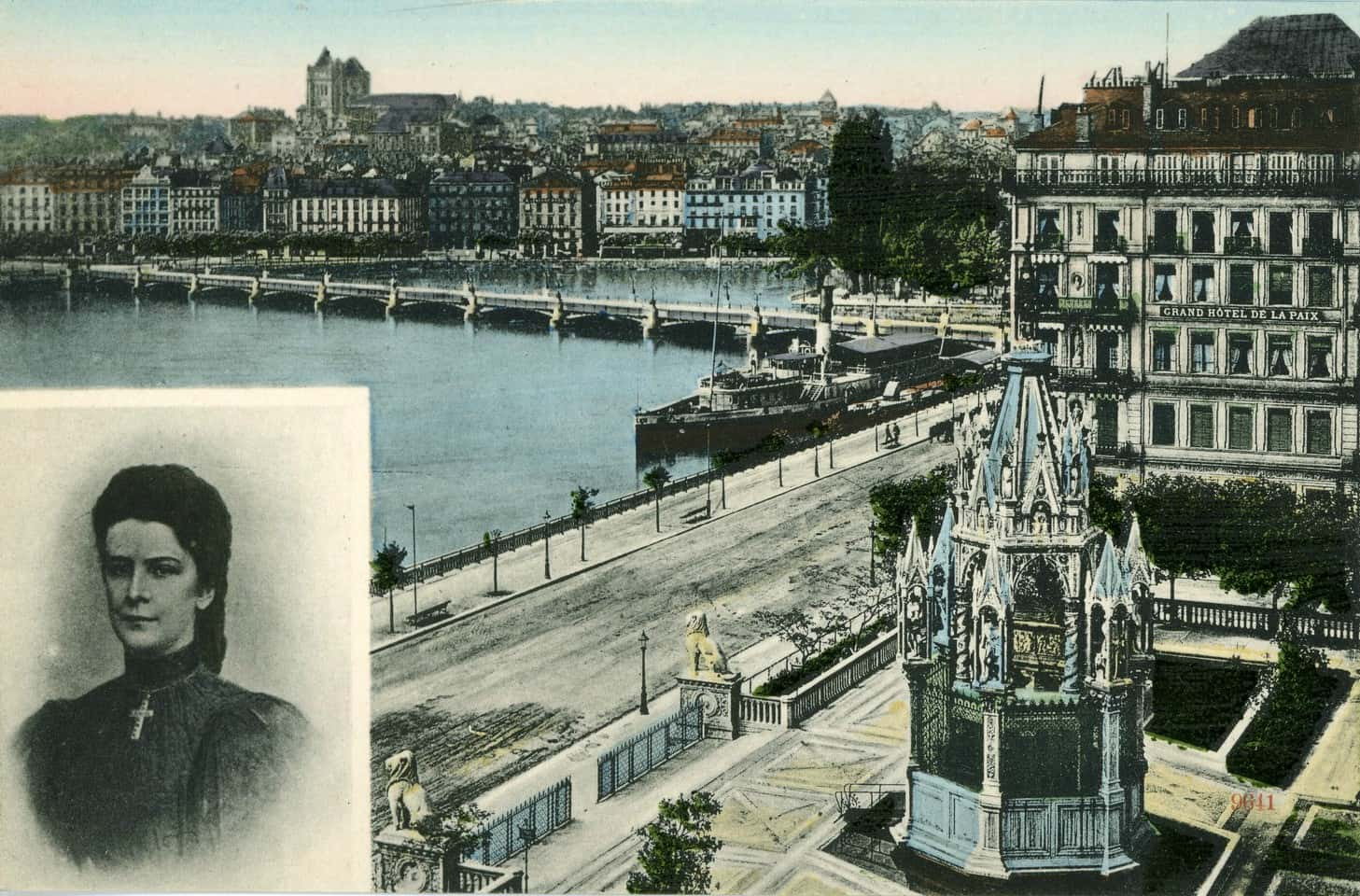
47. Didn’t See It Coming
When anarchist Luigi Lucheni heard through a newspaper that Elisabeth was in town under a fake name, he devised a chilling plan. Lucheni found her walking on a promenade toward her ship, almost entirely alone. He went up, peered under her parasol, and struck her in the heart with a crude four-inch needle file. Within moments, she collapsed and was weaving in and out of consciousness as people rushed to help.
48. The Queen Is Dead
Elisabeth’s last moments on Earth were full of confusion. After her collapse, attendants tore open her bodice laces but could only see a minuscule incision above her left breast. By the time they got her back to her hotel, she was already dead. One witness even swore the Empress drew her last two breaths just before entering her room.
They pronounced her dead at 2:10 pm on September 10, 1898. She was 60 years old, and had ruled the Austrian empire for 44 years.
49. Last Words
Just before her death, Elisabeth regained consciousness for one last time. Her rescuers asked her if she was in pain, and she replied “No.” Instead, her final words broke their hearts. The innocent royal meekly asked, “What happened?”
50. An Anatomy of Murder
The Empress’s official autopsy revealed heartbreaking findings. Lucheni’s aim was deadly accurate, with the needle penetrating over three inches into her thorax, fracturing her rib, puncturing her lung, and then piercing her heart. Notably, her tight corset prolonged her life for a precious few minutes by stymying the internal hemorrhage.
51. A Macabre Memento
There used to be an official photograph of the Empress’s death-wound, but the Emperor destroyed it.
52. Only the Good Die Young
When Austria and Hungary heard of their beloved ruler’s death, the nations hurled themselves into a bottomless state of mourning. Elisabeth had been a champion of the common people, and many citizens were flabbergasted that Lucheni targeted her.
53. Death Wish
In the aftermath of Empress Elisabeth’s brutal death, the courts sentenced Lucheni to life imprisonment—a fact that enraged the devoted anarchist, since he hoped for the death penalty. Eventually, Lucheni got his wish by other means. On October 16, 1910, he succeeded in killing himself in his jail cell.
54. Heavy Is the Head That Wears the Crown
Though Lucheni’s assassination plot was senseless to many of Elisabeth’s mourners, he had dark reasons for his deed. He was desperate to kill any political figure he could; Elisabeth was merely tragic collateral. As he said, “I came to Geneva to kill a sovereign..It was not a woman I struck, but an Empress; it was a crown that I had in view.”
55. Empress of Austria, Queen of Hungary
Elisabeth had a triple coffin: two crypts of lead, and one ornate bronze exterior casket with clawed feet. The original inscription simply read “Elisabeth, Empress of Austria,” but her loyal Hungarians were outraged and demanded the final version also read “Queen of Hungary.” Her tomb lies in Capuchin Church in Vienna.

